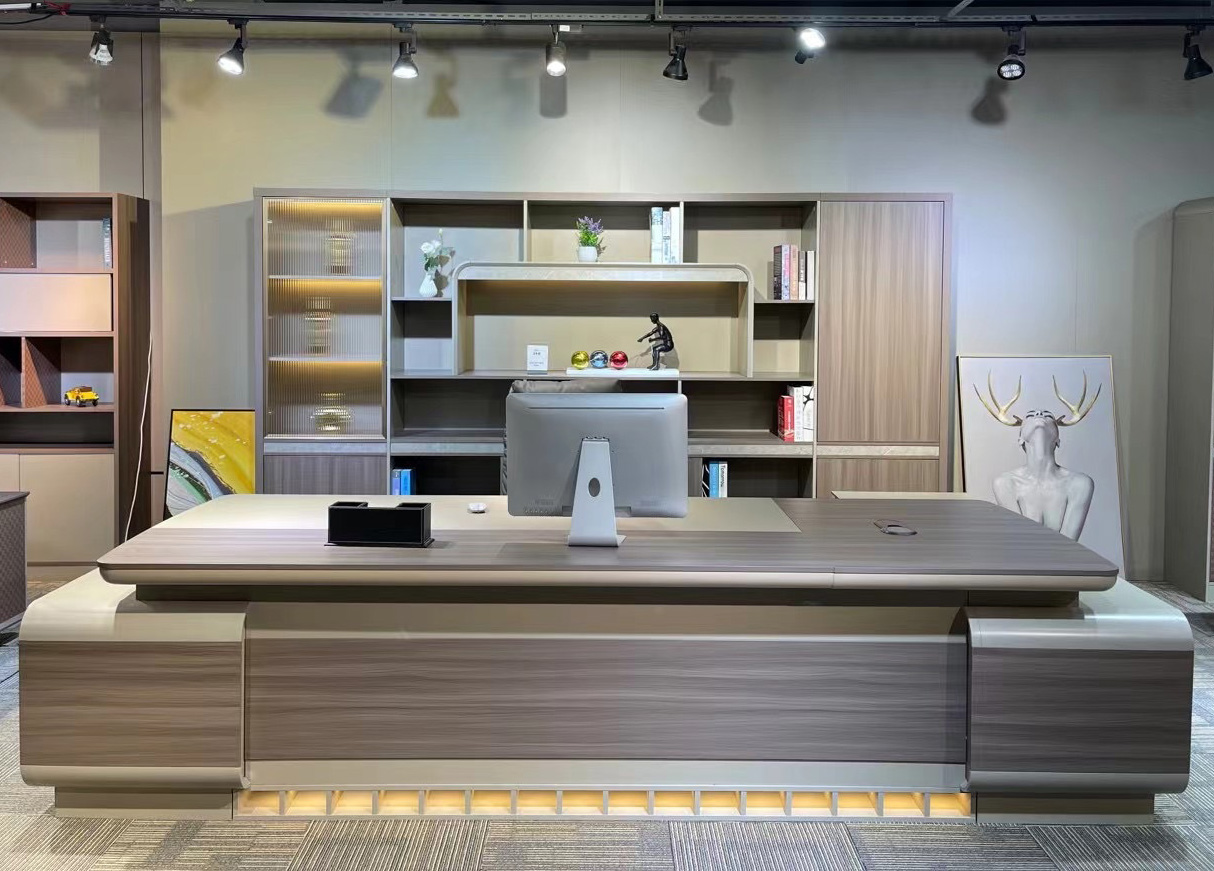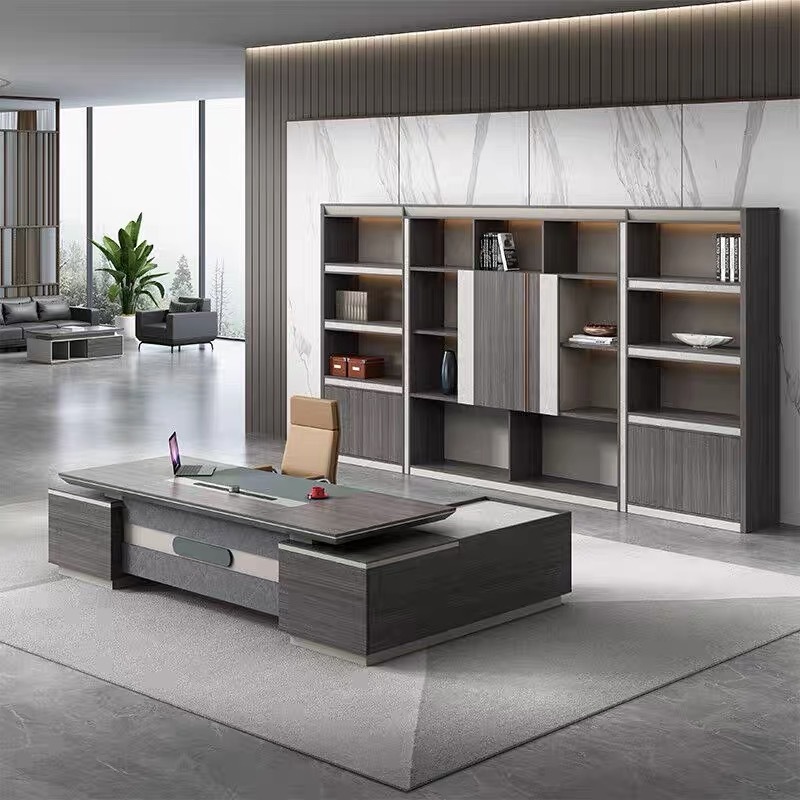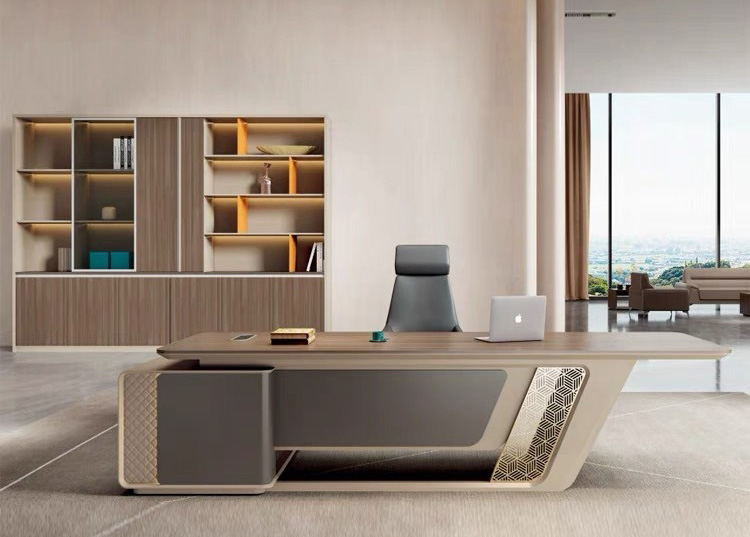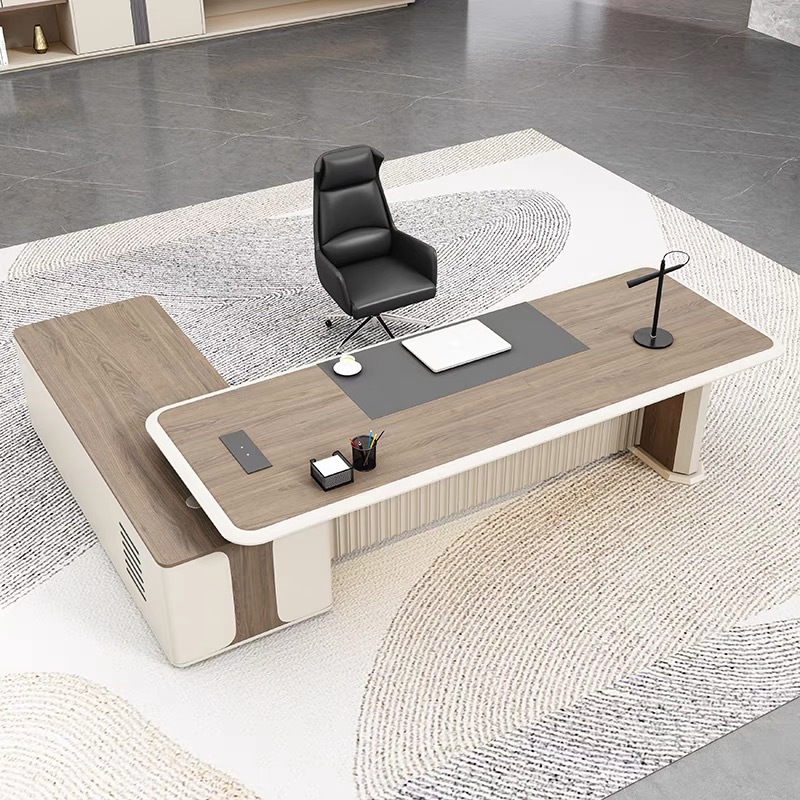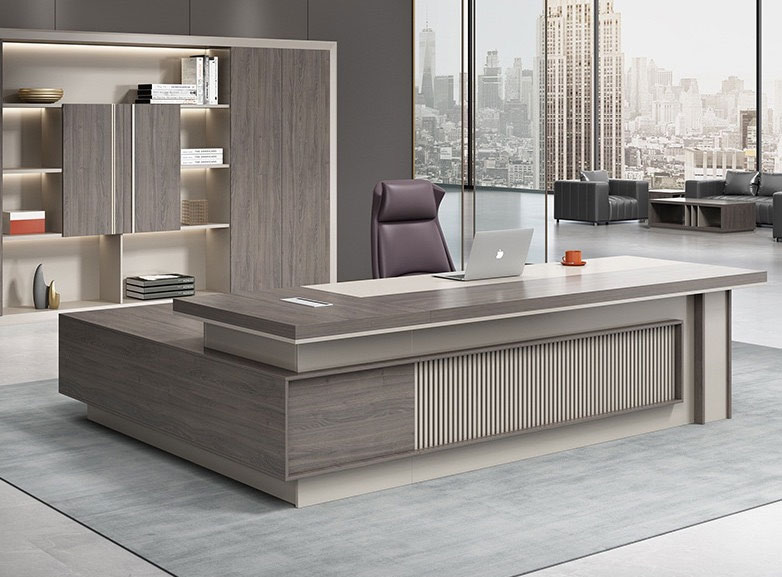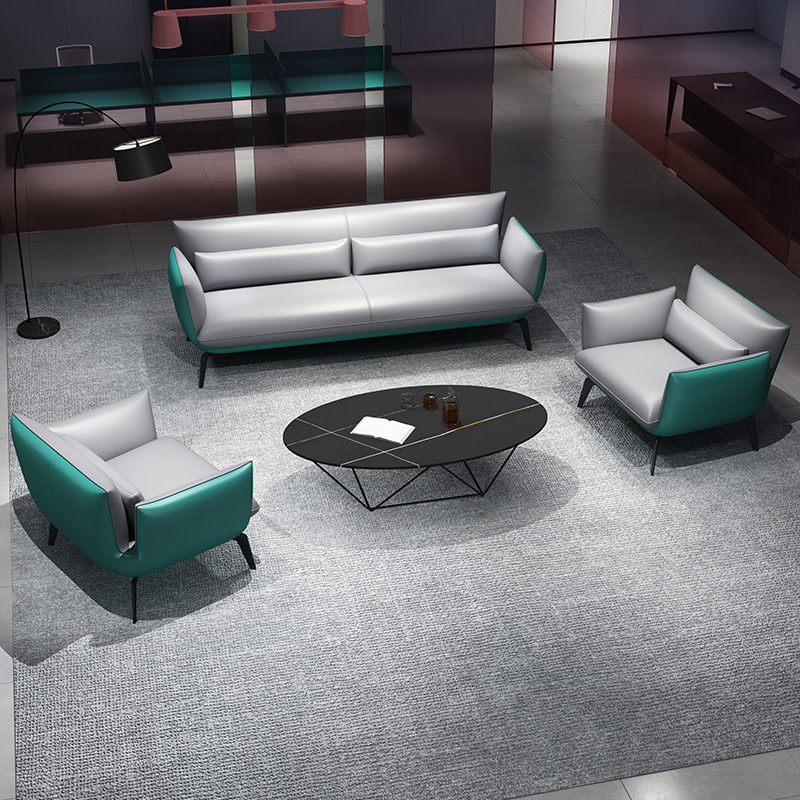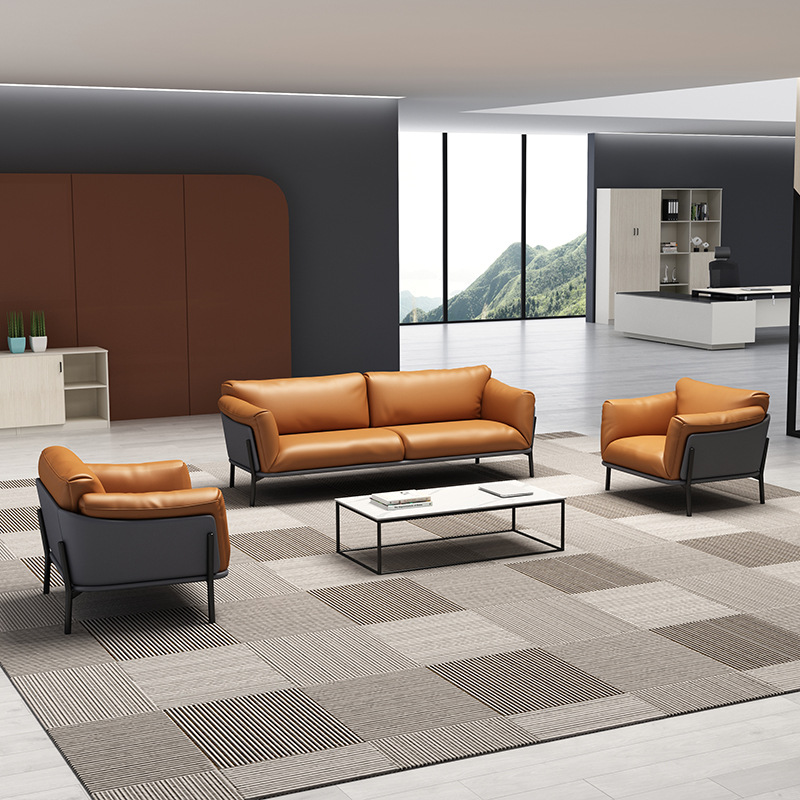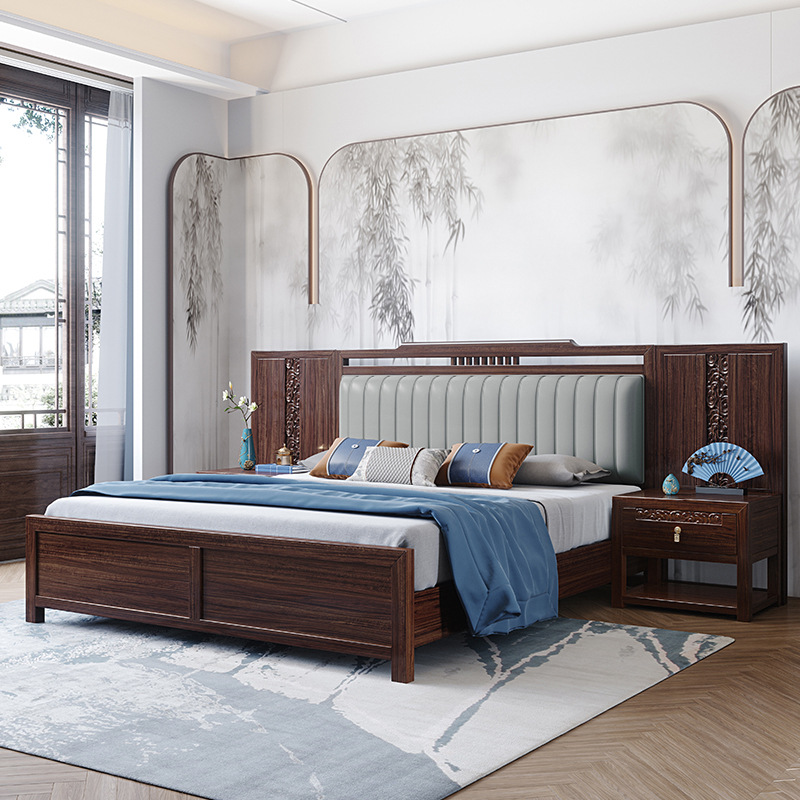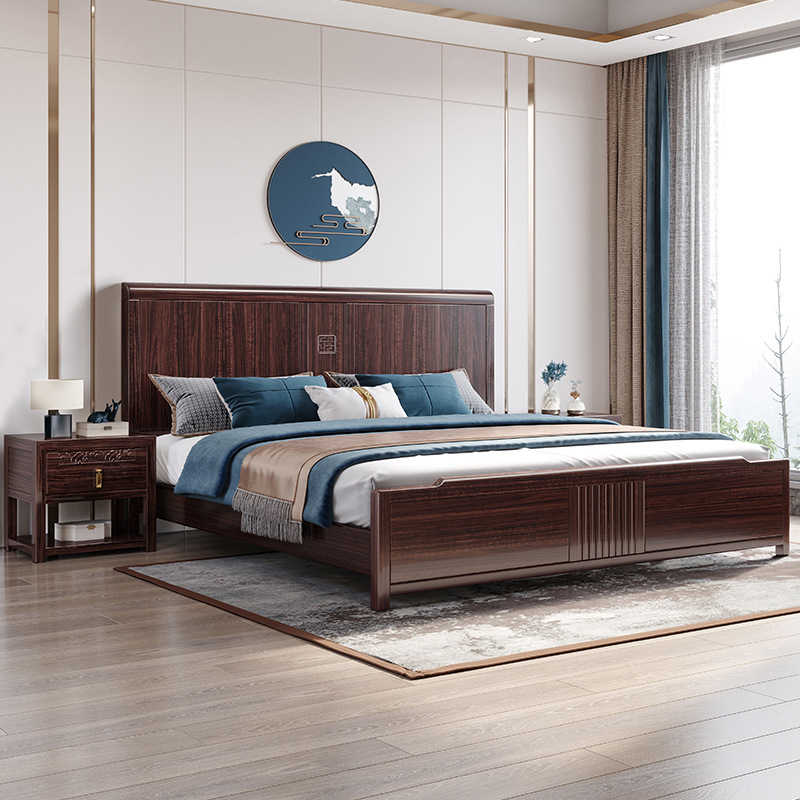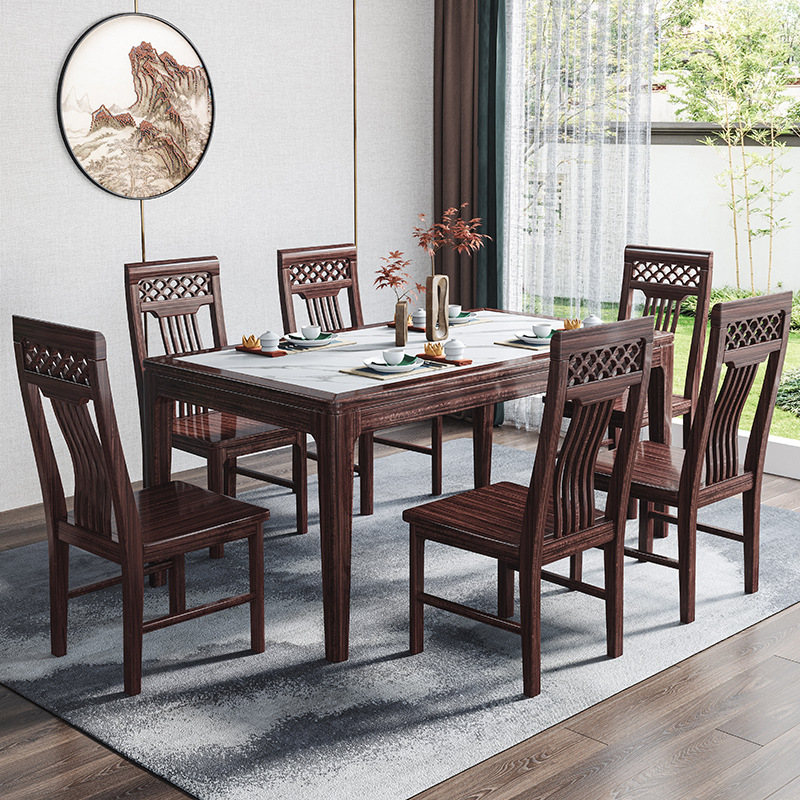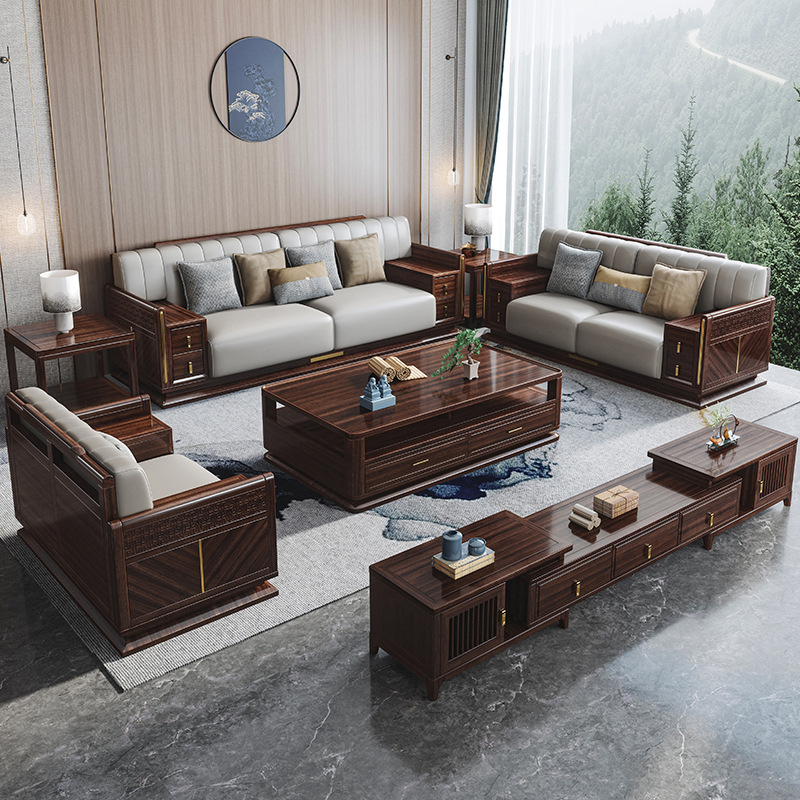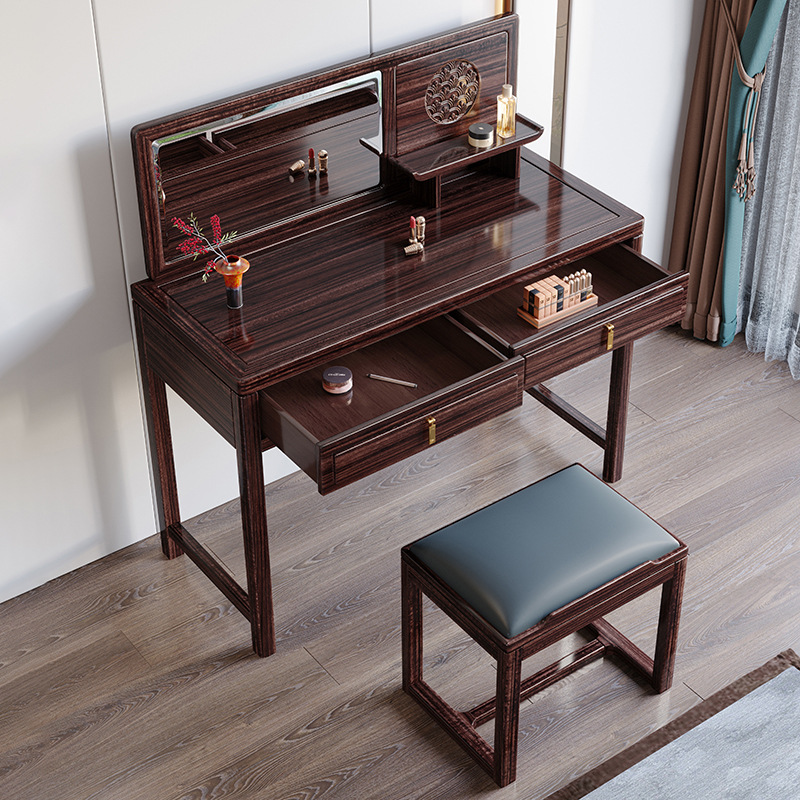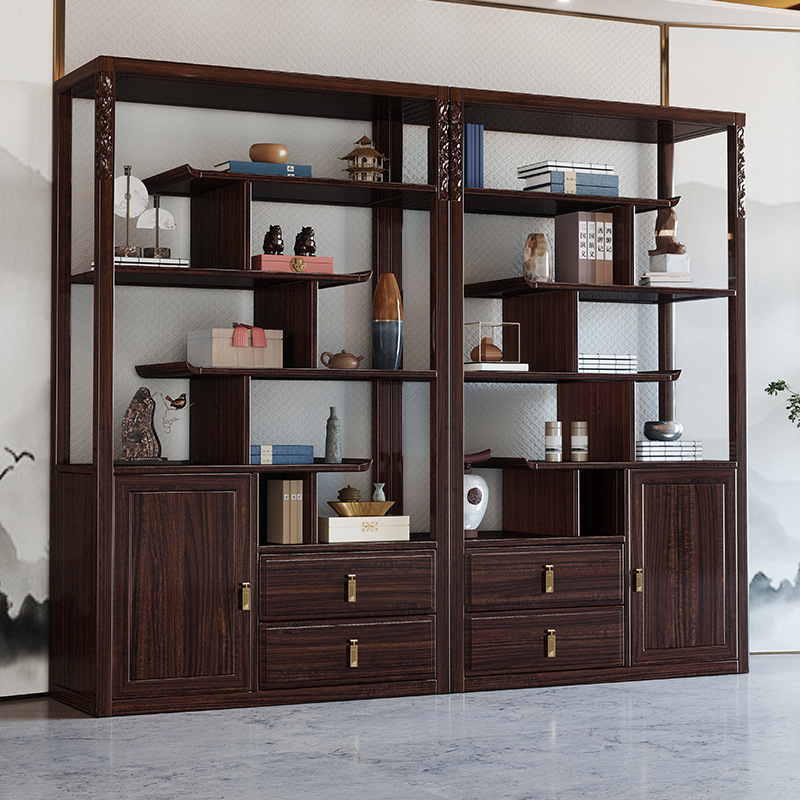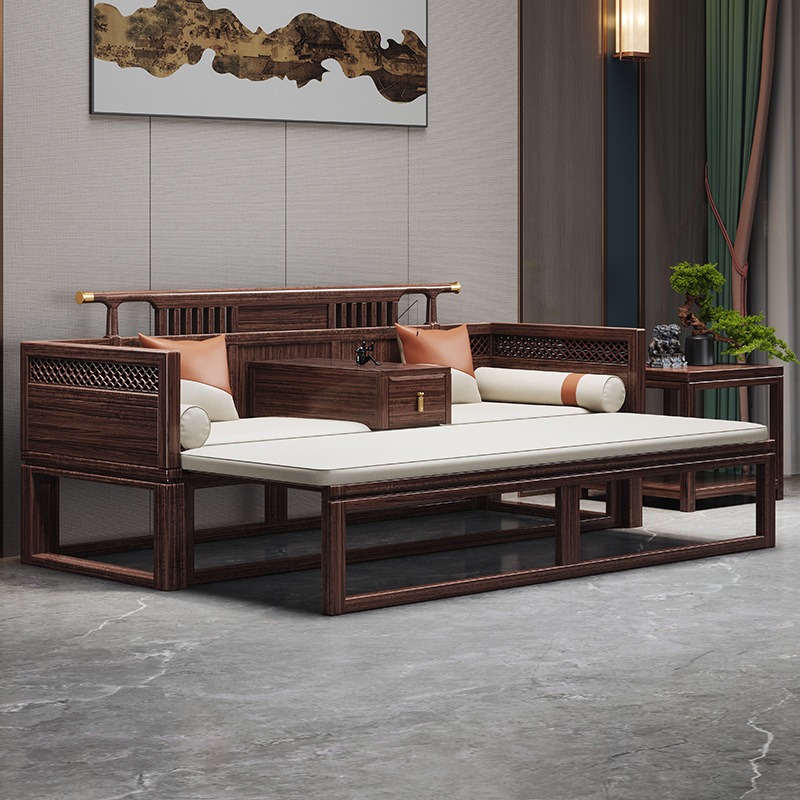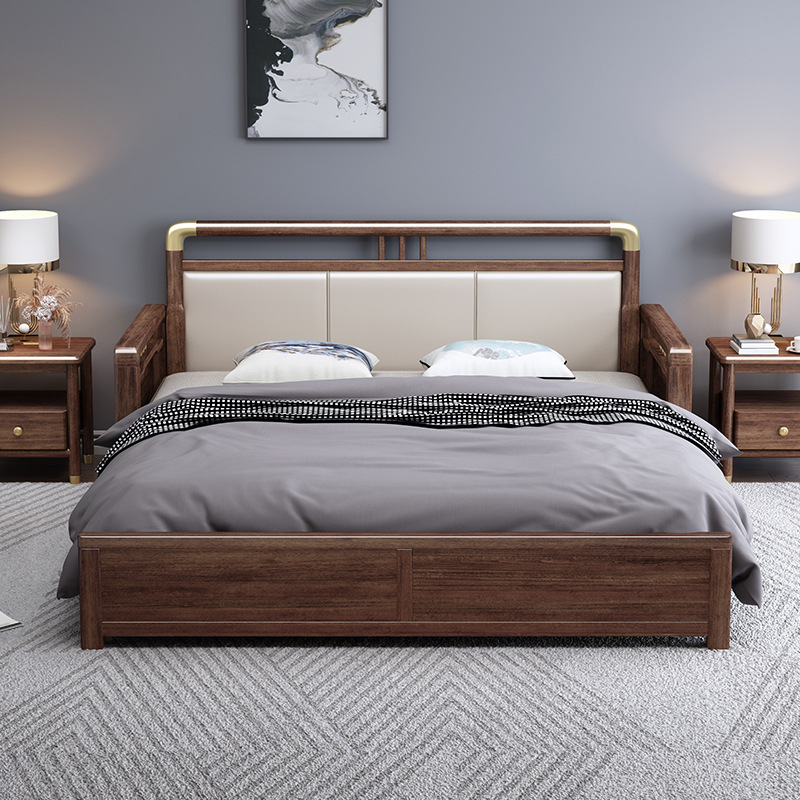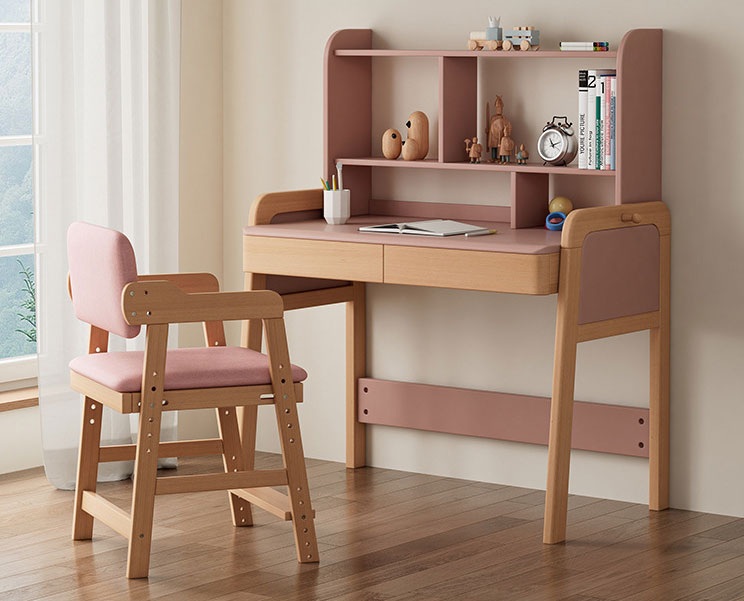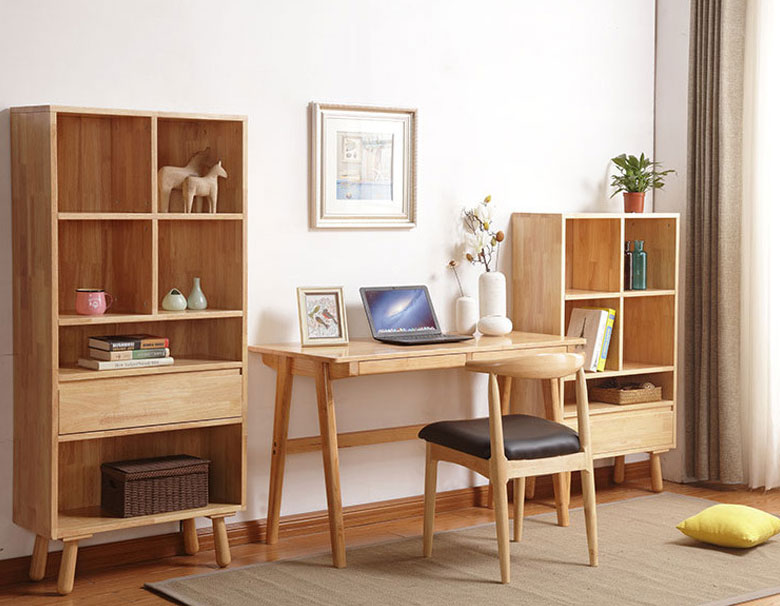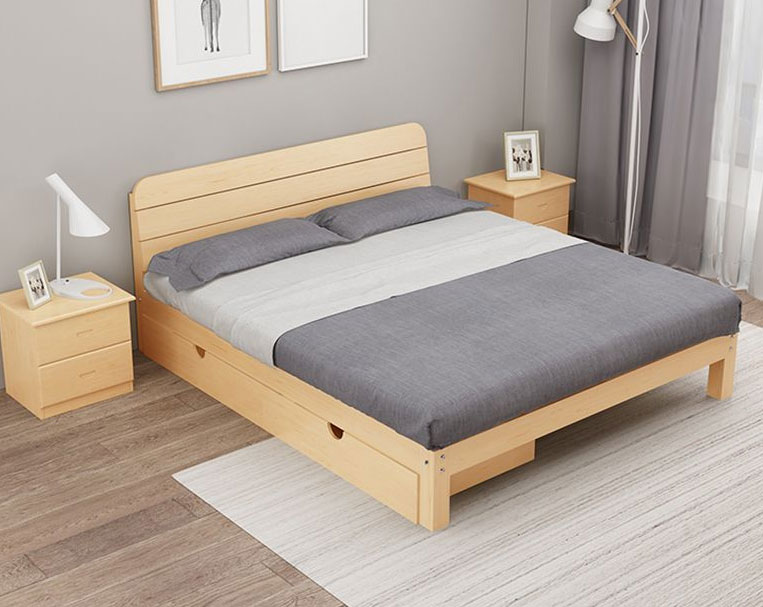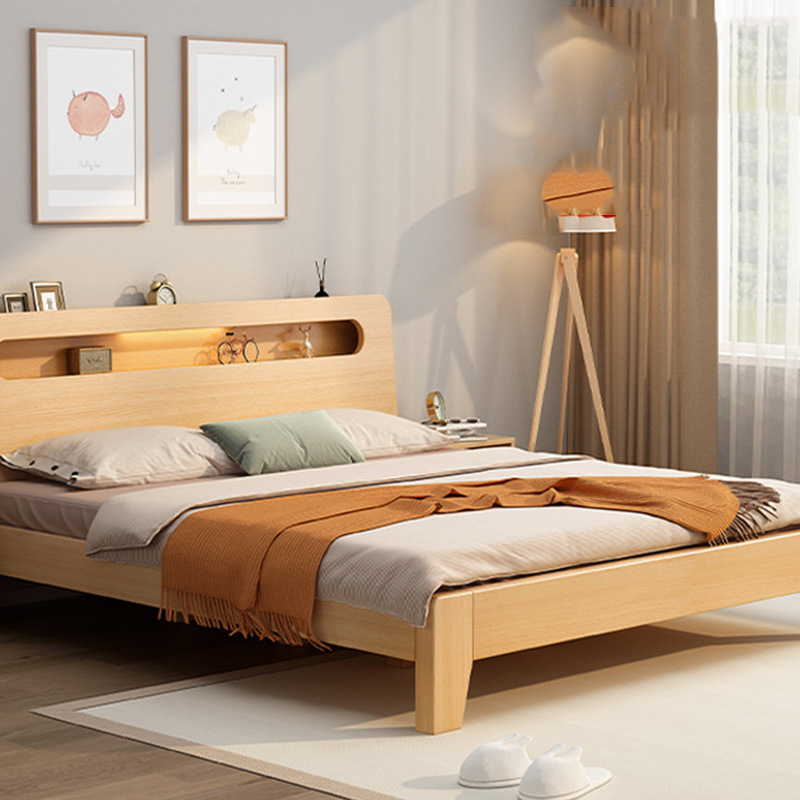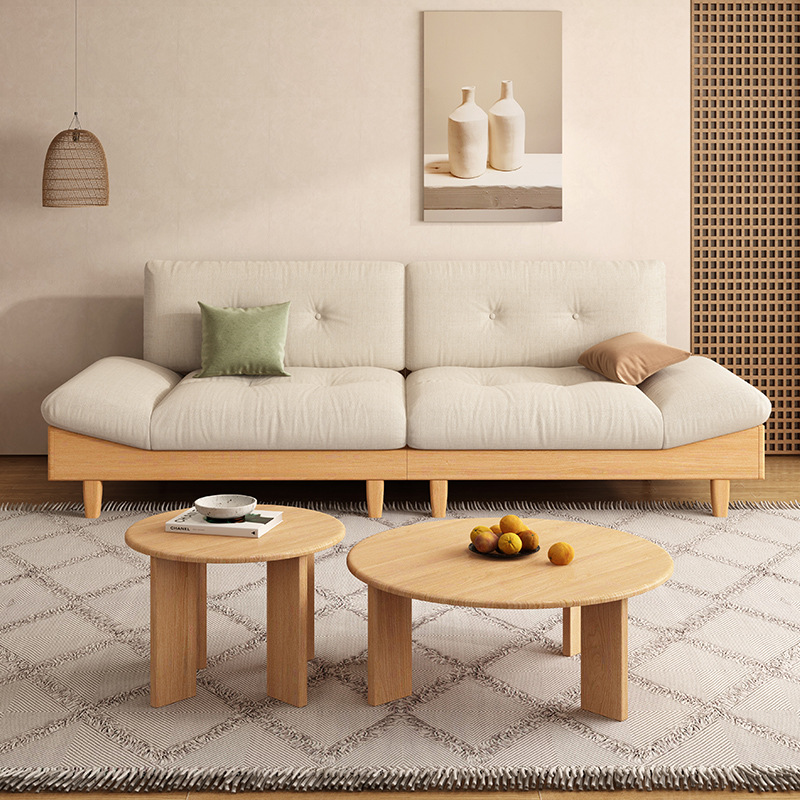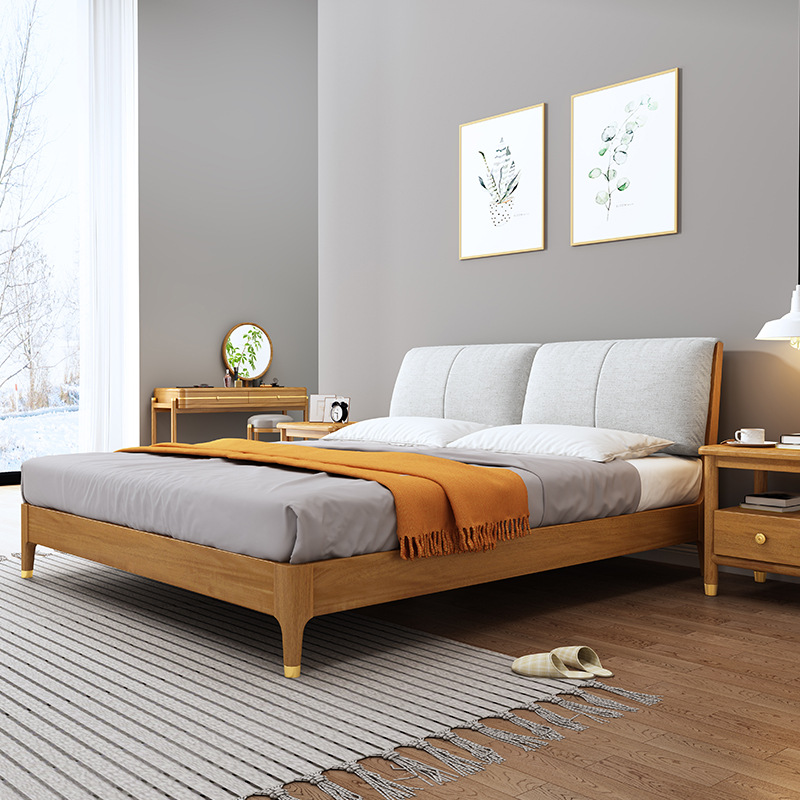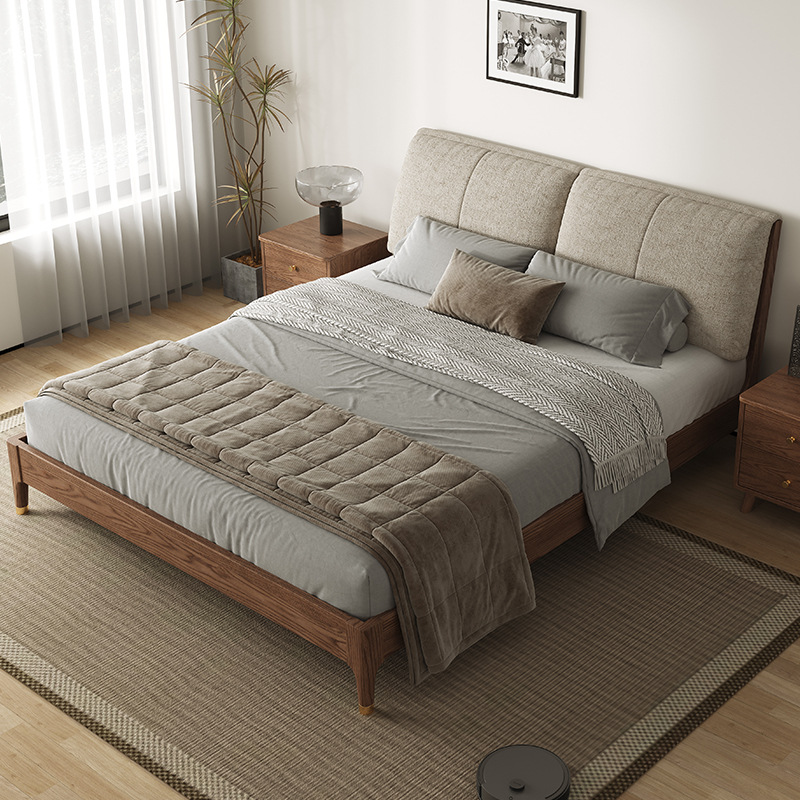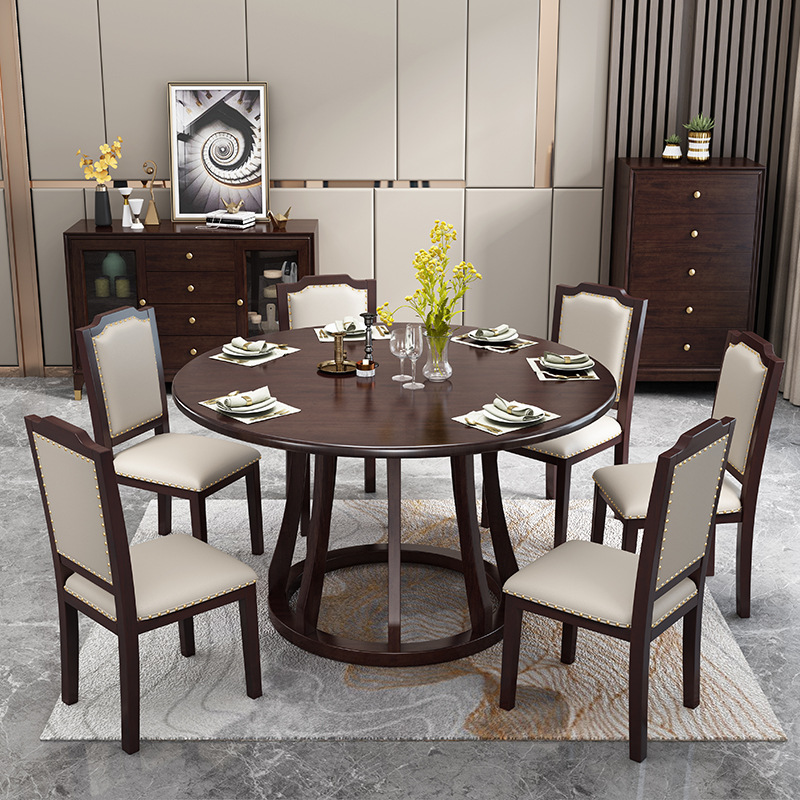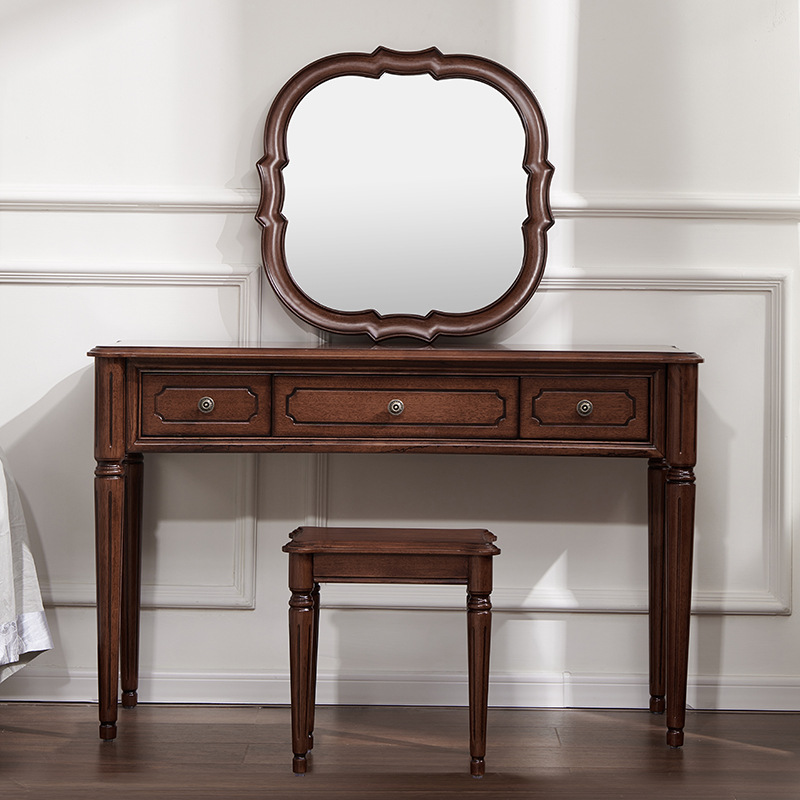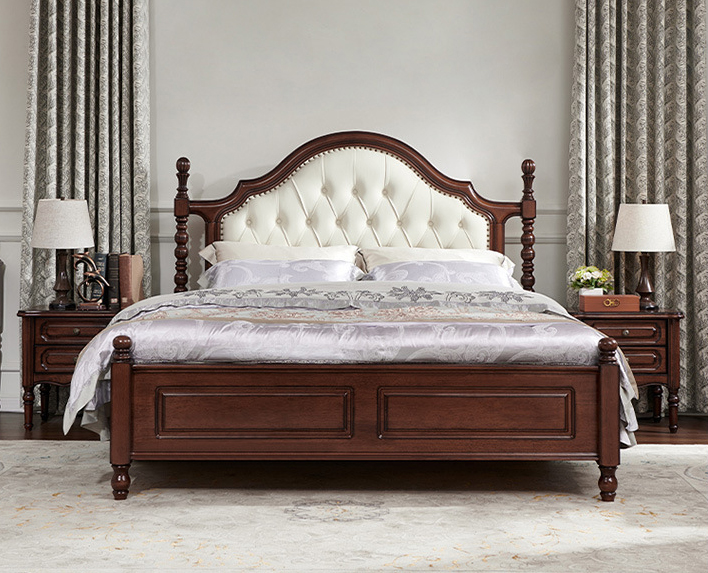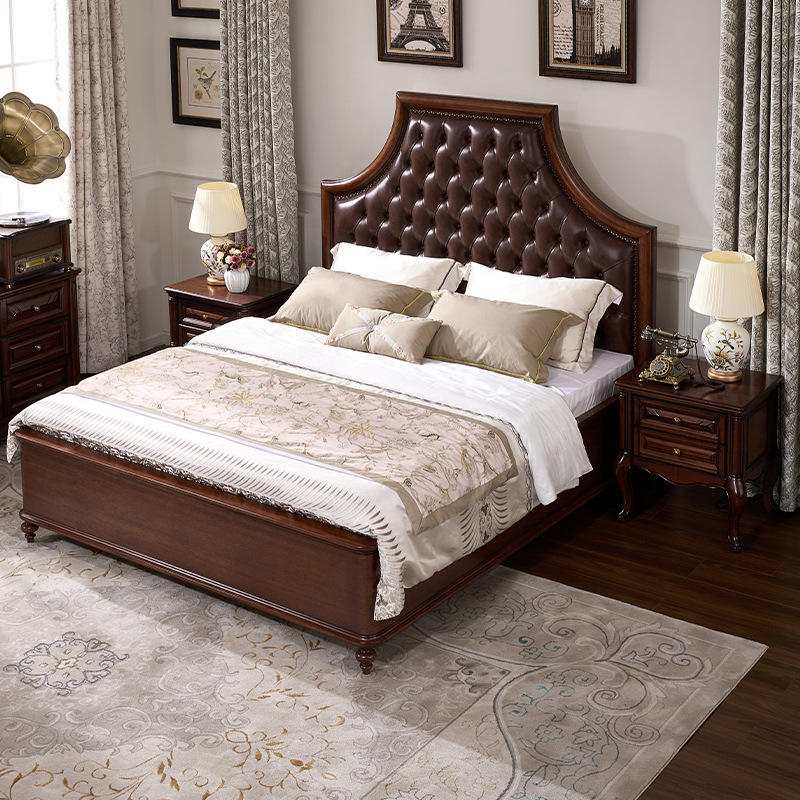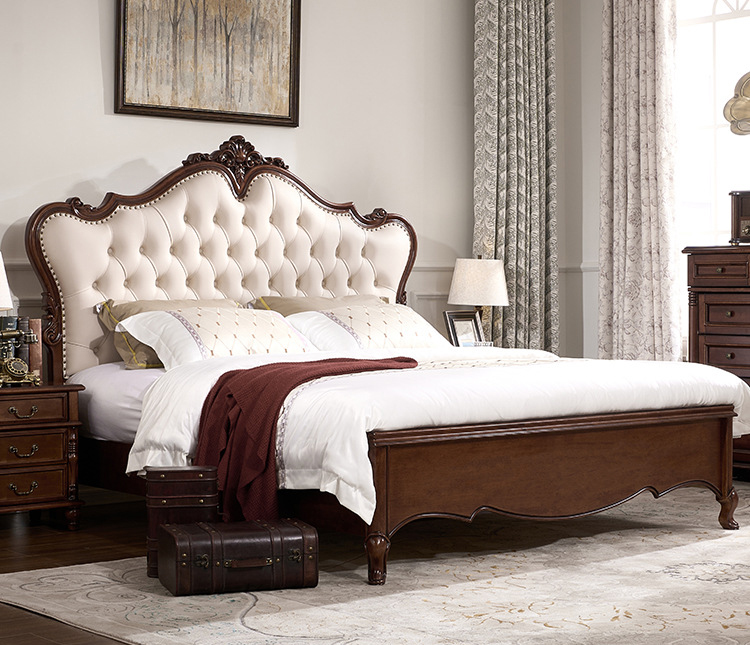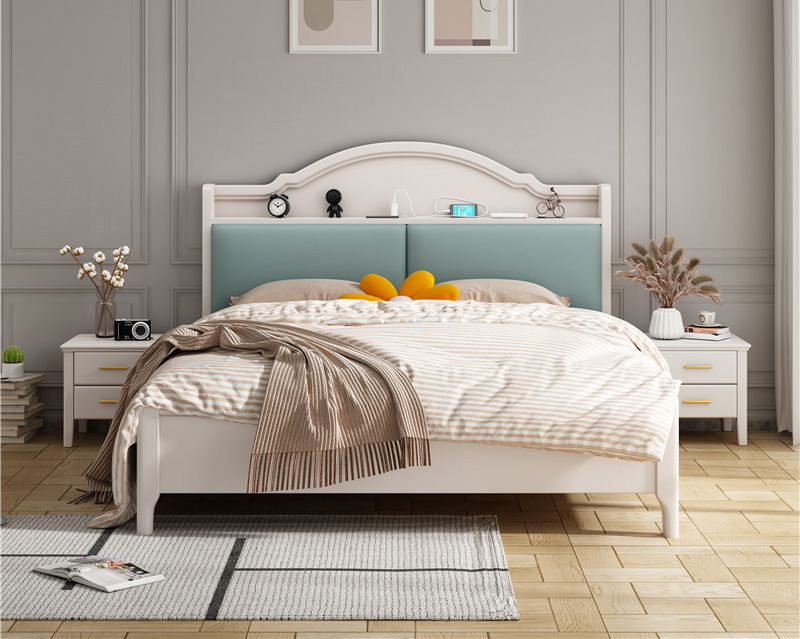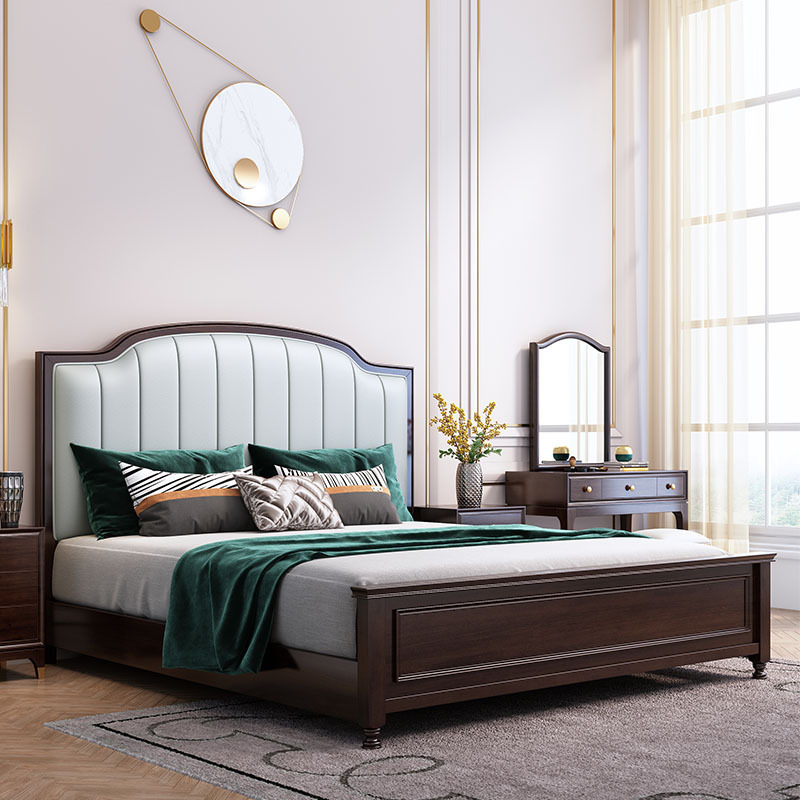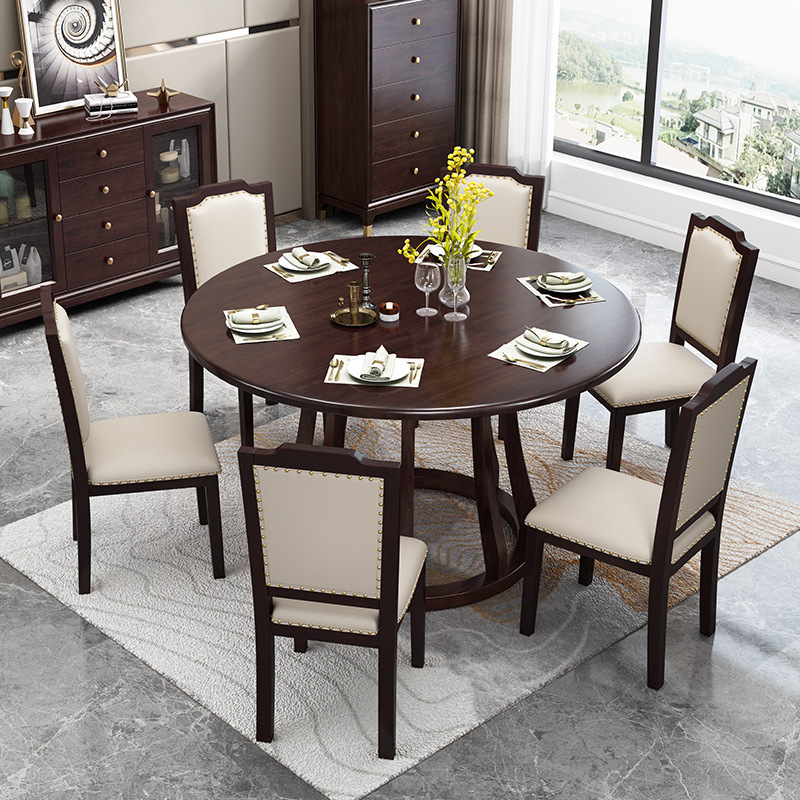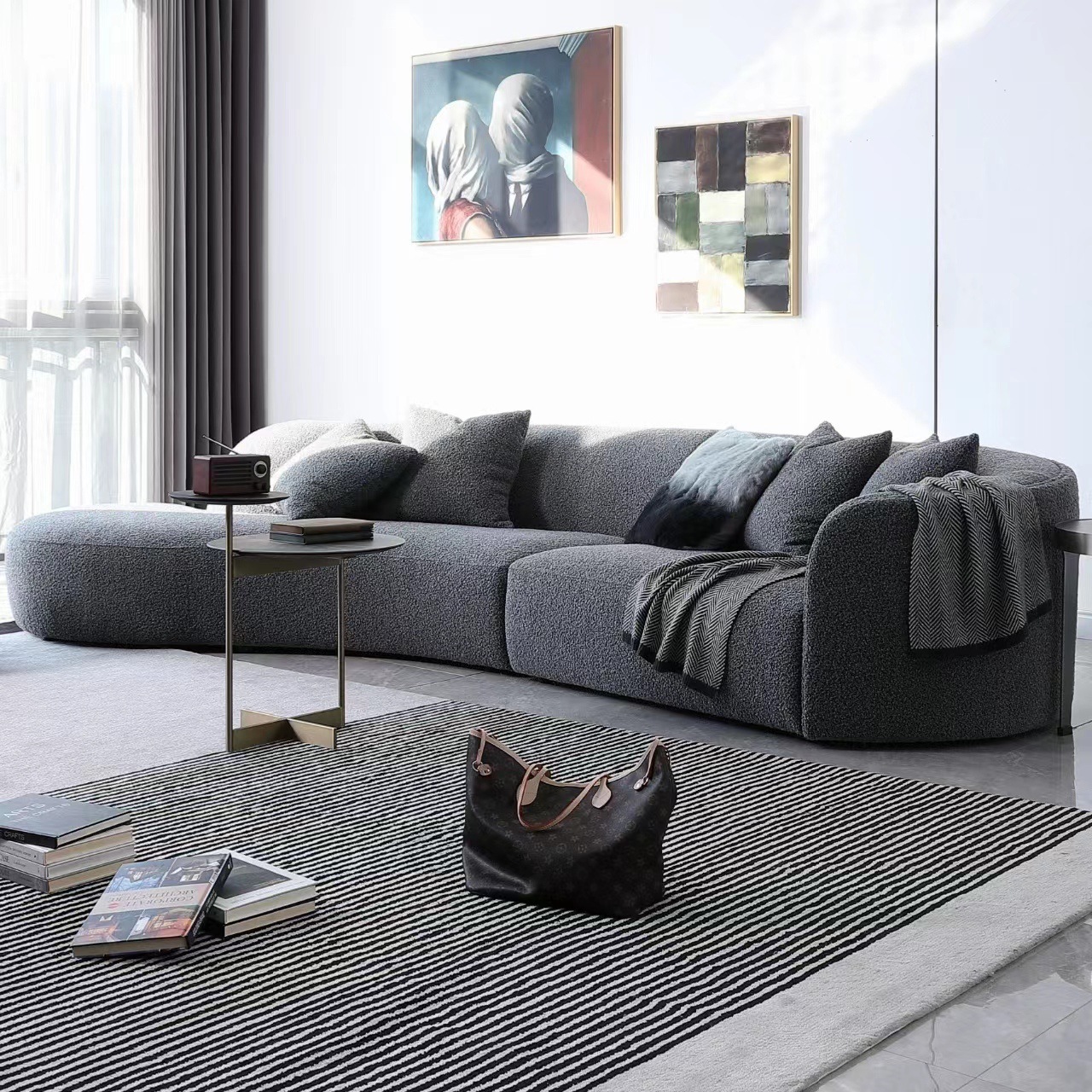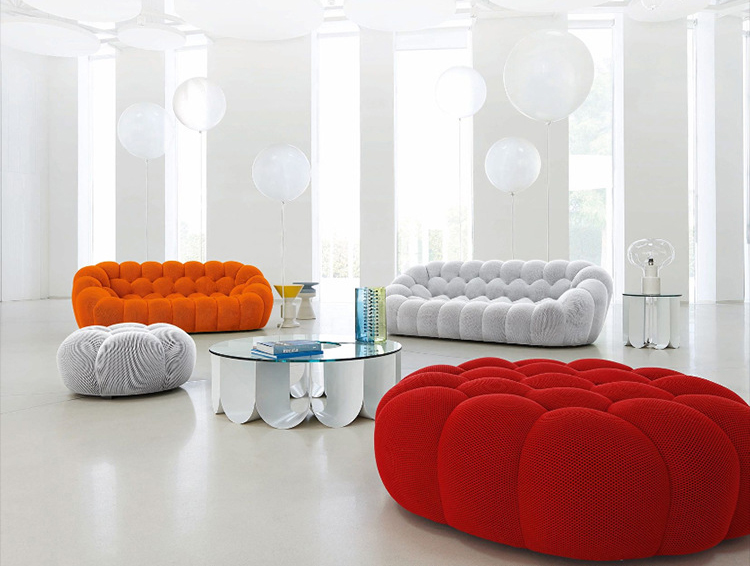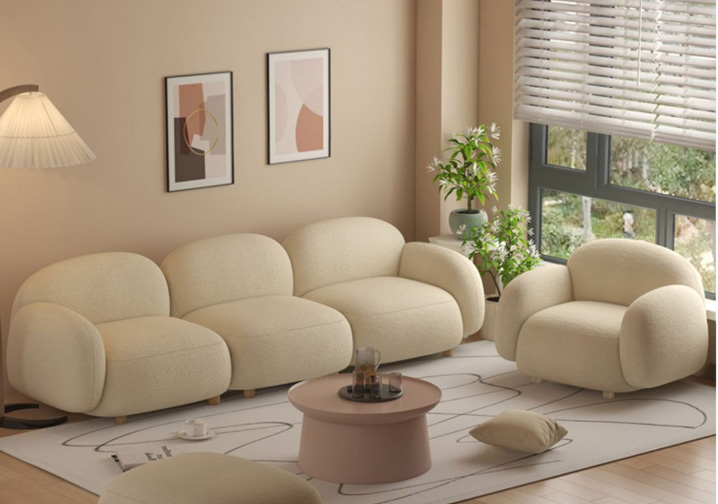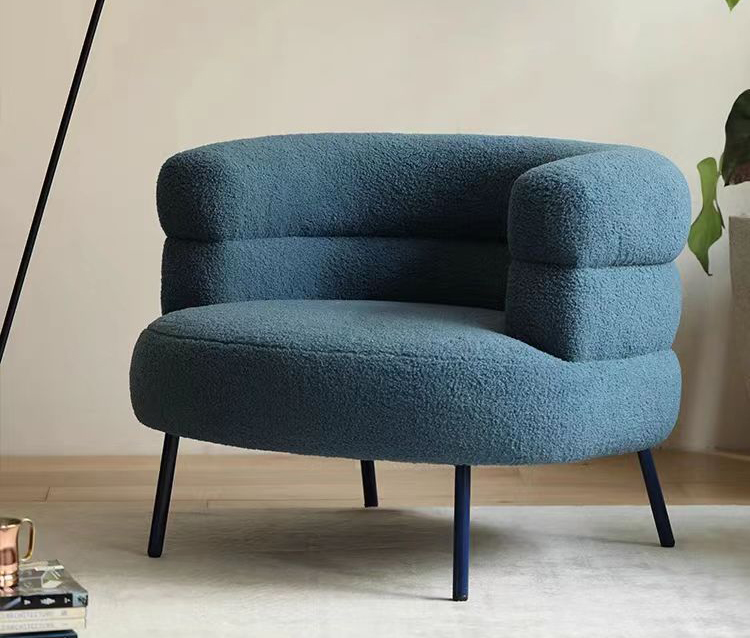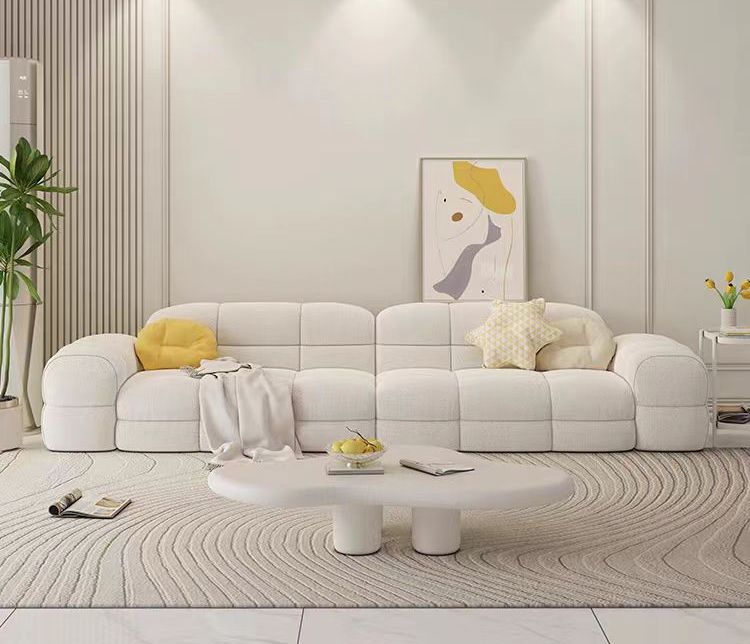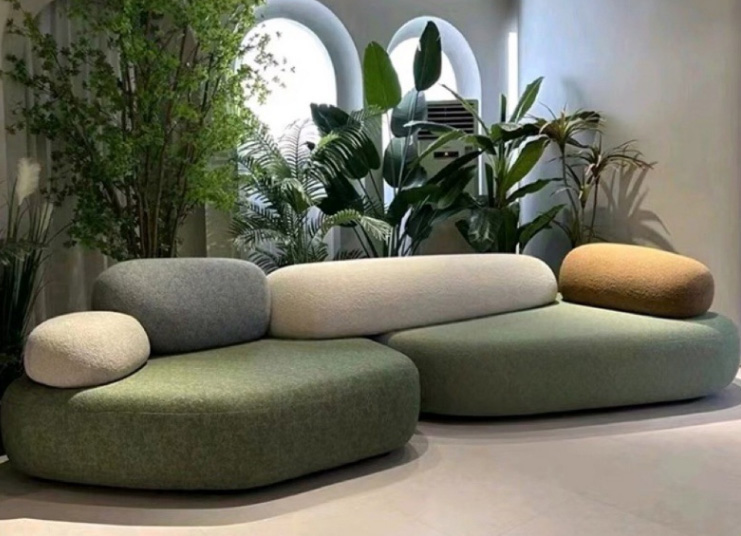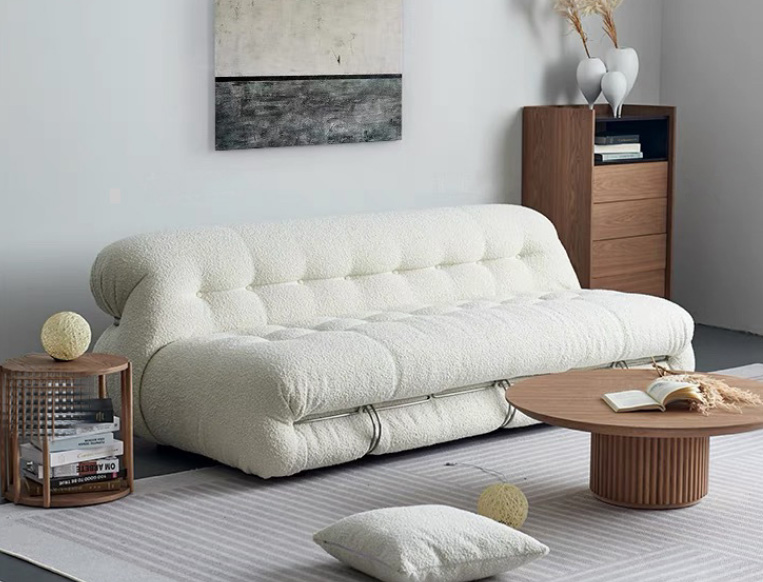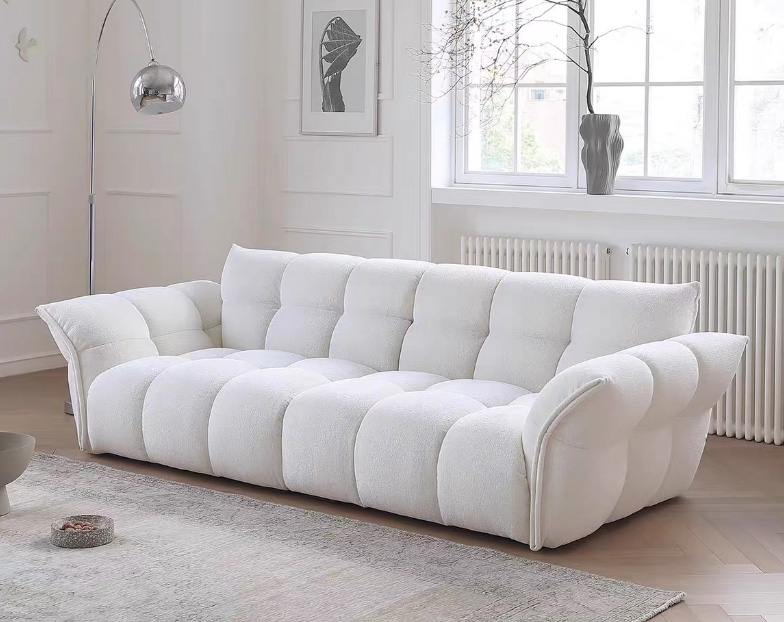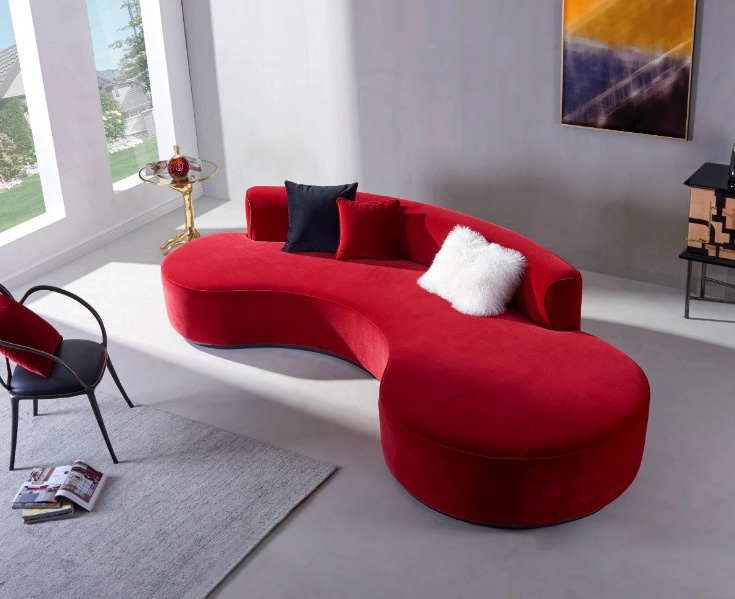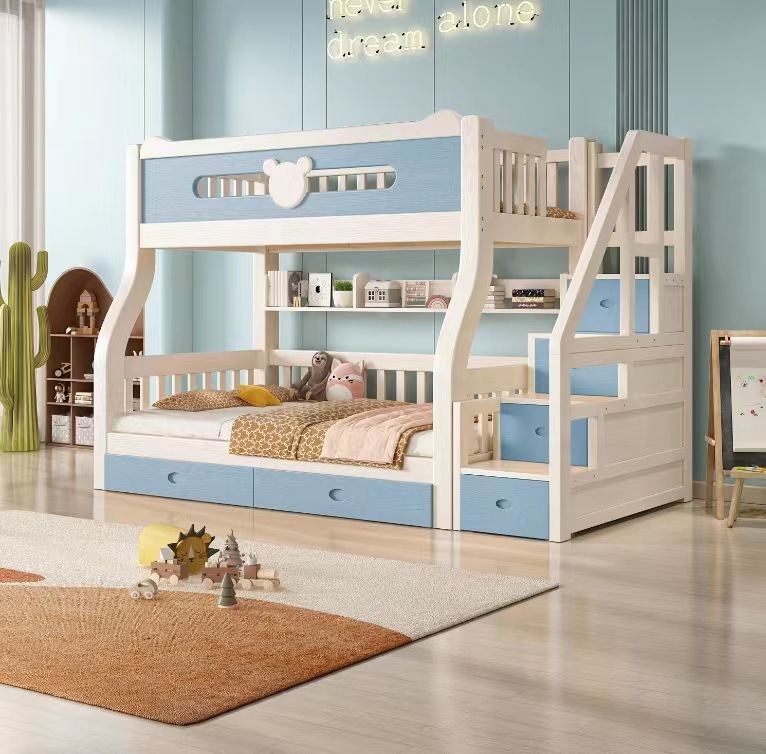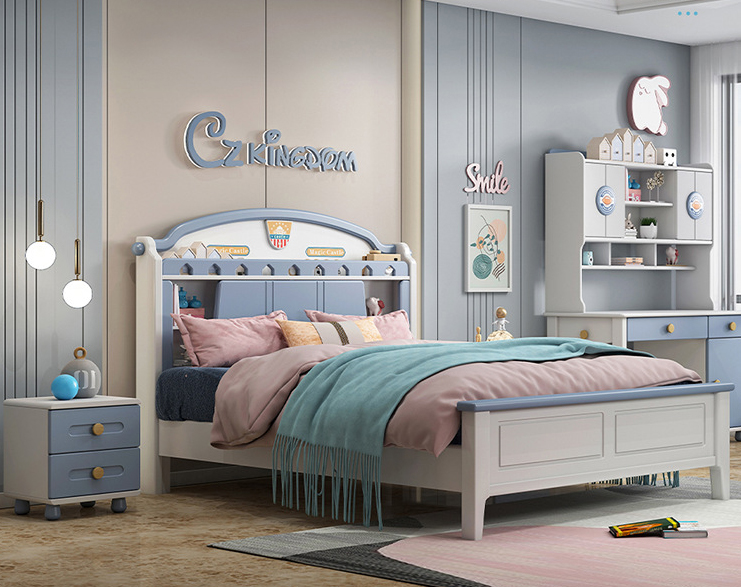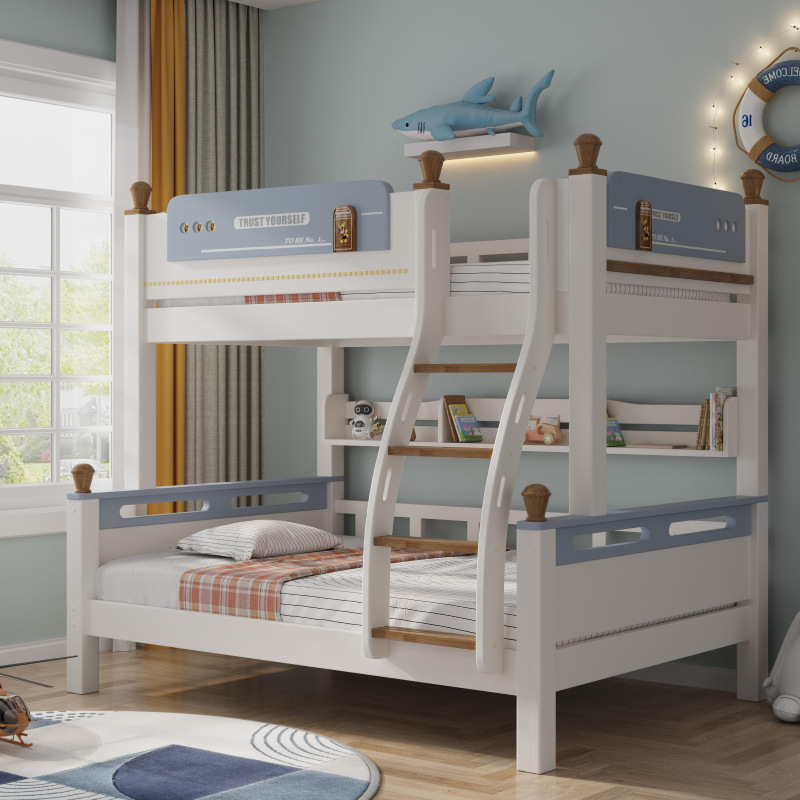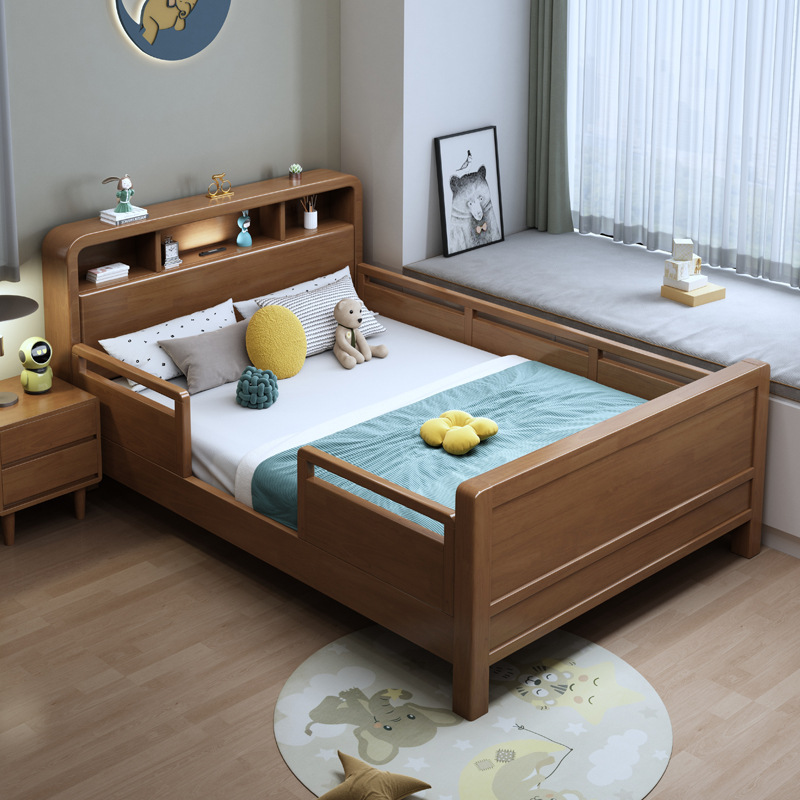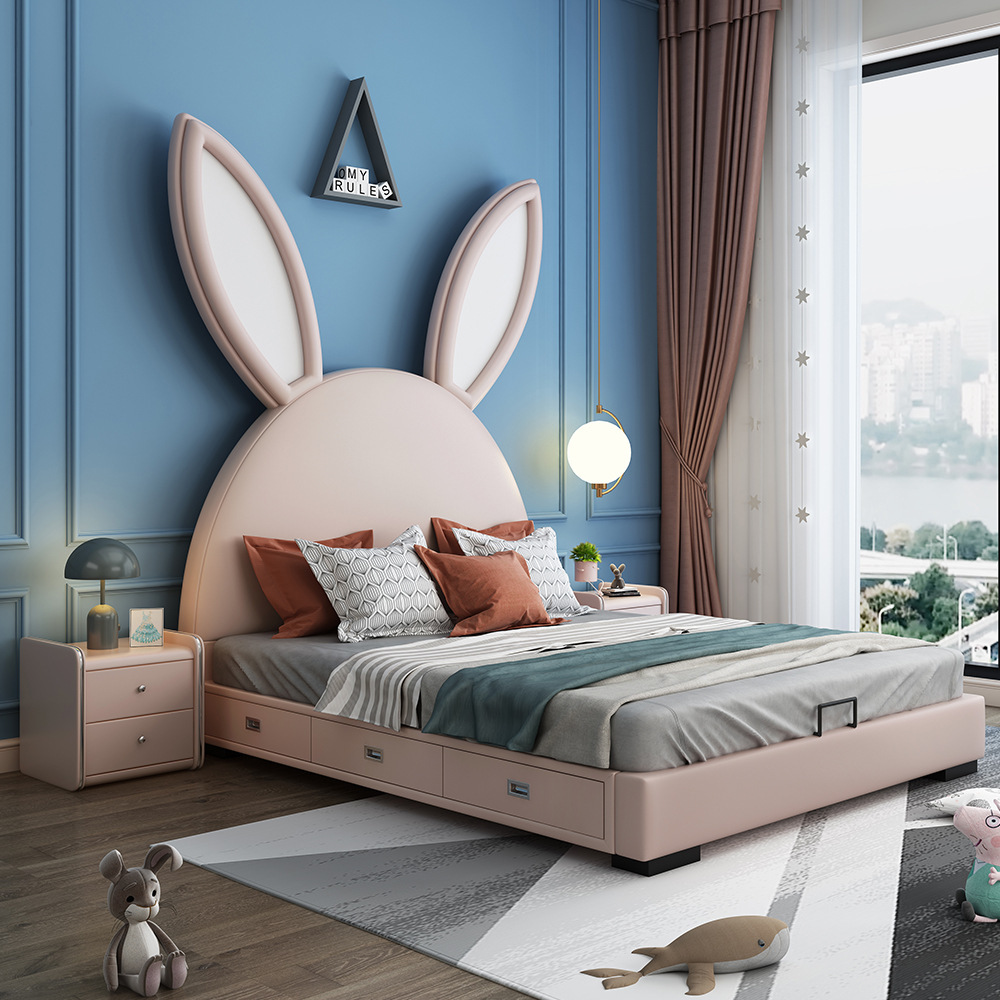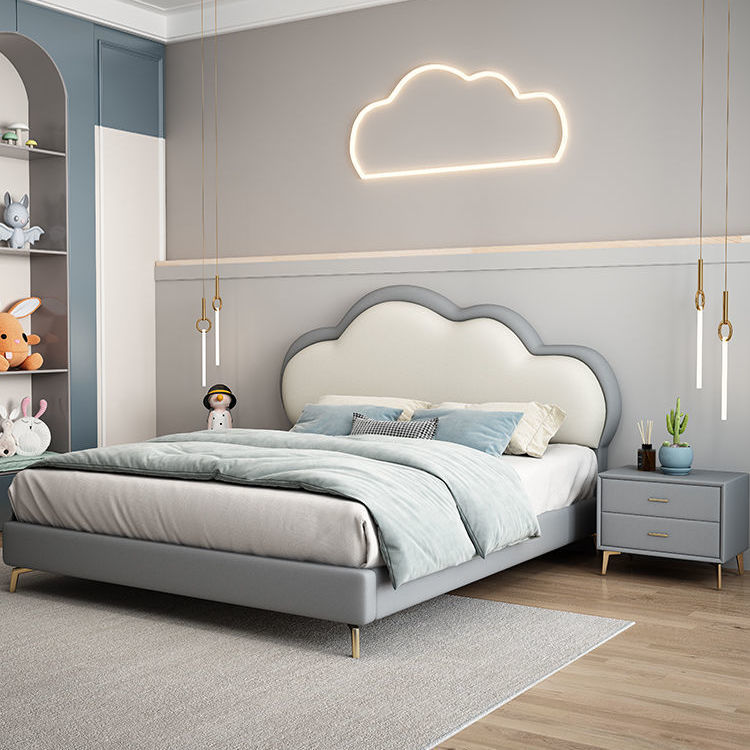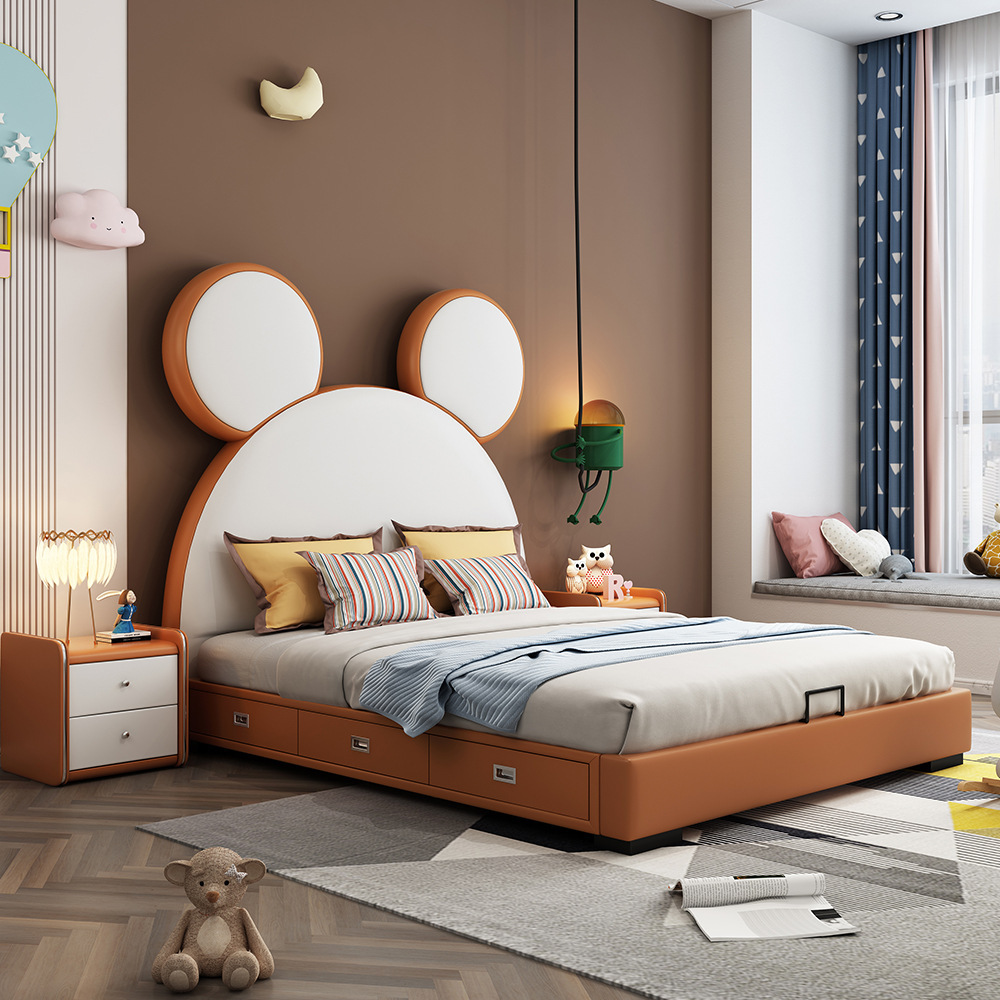New technology for furniture design and manufacture
In today's era, the rapid development of science and technology has brought revolutionary changes to furniture design and manufacturing. The emergence of new technologies not only improves the quality and performance of furniture, but also provides designers and manufacturers with more innovation possibilities.
Among them, the wide application of computer aided design (CAD) and computer aided manufacturing (CAM) technology makes the furniture design and manufacturing process more efficient and accurate. Designers can easily create 3D models through CAD software, intuitively display design concepts, and identify and solve problems at the design stage. CAM technology converts the design into actual production instructions, realizes automatic processing, and improves production efficiency and quality.
In addition, the development of new materials has also brought new opportunities for furniture design. For example, the use of composite and sustainable materials not only makes furniture more durable and environmentally friendly, but also gives designers more options to create unique looks and textures.
The rise of smart home technology has changed the way people interact with furniture. Through the intelligent control system, people can remotely control the functions of the furniture, such as adjusting the height of the seat, the brightness of the light, etc., to provide a more comfortable and personalized experience.
In addition, the application of 3D printing technology in furniture manufacturing is also gradually increasing. 3D printing can produce complex shapes and structures, bringing more creative space to furniture design, while also realizing small batch production to meet the needs of personalized customization.
Not only that, as people's attention to health and environmental protection continues to increase, green manufacturing technology has also become the development trend of the furniture industry. Manufacturers are increasingly focusing on the use of environmentally friendly materials, reducing waste emissions, and adopting energy-efficient production processes to meet consumer demand for green furniture.
In short, the new technology of furniture design and manufacturing is constantly promoting the development of the industry, and creating more beautiful, practical and environmentally friendly furniture products for people. The application of these technologies not only improves production efficiency and quality, but also brings more creative and competitive advantages to designers and manufacturers. In the future, we can expect more innovative technologies to emerge and continue to change the way we live and live.
With the popularization of the Internet and the rapid development of e-commerce, online furniture sales are rising rapidly and becoming a new force in the furniture market. The rise of this sales model not only provides consumers with a more convenient way to shop, but also brings unprecedented opportunities and challenges to the furniture industry.
The advantage of selling furniture online is its convenience and variety of choices. Consumers no longer need to spend a lot of time and energy to go to the physical store to choose furniture, but can easily browse through a variety of styles, colors and prices of products through their phones or computers, and compare and buy. In addition, the online platform also provides a wealth of product information and user reviews to help consumers better understand product quality and performance, so as to make more informed purchasing decisions.
For furniture manufacturers and retailers, the online sales model reduces operating costs and expands market coverage. Through the online platform, they can directly target consumers nationwide or even globally, avoiding the geographical restrictions and high rent pressure of traditional physical stores. At the same time, online sales can also achieve personalized customization and precision marketing to meet the different needs and preferences of consumers.
However, online furniture sales also face some challenges. For example, consumers cannot personally feel the quality and comfort of furniture and may have doubts about the product. To solve this problem, some online furniture platforms provide virtual reality technology and detailed product pictures and video displays to help consumers better understand the products. In addition, logistics distribution and after-sales service are also issues that need attention in online furniture sales. Furniture is usually large, heavy weight, how to ensure safe and timely delivery to consumers, and provide good installation and after-sales support, furniture companies need to continue to optimize and improve.
Overall, the rise of online furniture sales is an inevitable trend of the development of The Times. With the continuous advancement of technology and the change of consumer shopping habits, the online furniture market is expected to continue to grow. Furniture companies should actively embrace this change, strengthen online and offline integration, and improve product quality and service levels to meet the increasingly diverse needs of consumers. At the same time, the government and relevant departments should also strengthen supervision, protect the legitimate rights and interests of consumers, and promote the healthy development of the online furniture sales industry.
In today's digital era, home e-commerce is gradually becoming a new territory for consumers to buy home products. It not only provides people with a convenient way to shop, but also brings a new shopping experience through innovative technologies and services.
Home e-commerce breaks the time and space restrictions of traditional shopping. Consumers no longer need to spend a lot of time going to physical stores to pick up goods, but can easily browse and buy a variety of household items at home through their mobile phones or computers. This convenience not only saves time and effort, but also provides consumers with a wider range of choices, enabling them to more easily find products that match their needs and preferences.
In addition, home e-commerce also brings consumers an immersive shopping experience through virtual reality and augmented reality technology. Consumers can simulate the real home environment through mobile phones or computers, and place the desired products virtually in their own homes, so as to better understand the appearance and collocation effect of the products. This innovative way of shopping not only increases the interest of shopping, but also improves the accuracy of consumers' purchasing decisions.
In order to meet consumers' needs for personalization, the home e-commerce platform also provides customized services. Consumers can customize the color, size and style of furniture, curtains, carpets and other products according to their preferences and space requirements. This personalized service enables consumers to have one-of-a-kind home products that meet their pursuit of uniqueness and personalization.
Home e-commerce also focuses on user experience and after-sales service. Through online customer service, product reviews and return and exchange policies, consumers can get timely help and support, increasing the satisfaction and trust of shopping. At the same time, the home e-commerce platform also provides consumers with personalized recommendations and services through big data analysis and artificial intelligence technology, further enhancing the user experience.
However, home e-commerce is also facing some challenges, such as the control of product quality, the timeliness of logistics distribution and the quality of after-sales service. Therefore, home e-commerce enterprises need to continuously improve their quality and service level, and strengthen cooperation with supply chain and logistics enterprises to ensure that consumers can obtain high-quality products and satisfactory shopping experience.
Overall, home e-commerce, as a new territory for innovative shopping experiences, provides consumers with convenient, fun and personalized shopping methods. With the continuous progress of technology and the changing needs of consumers, home e-commerce is expected to continue to innovate and develop, bringing more convenience and beauty to people's home life.


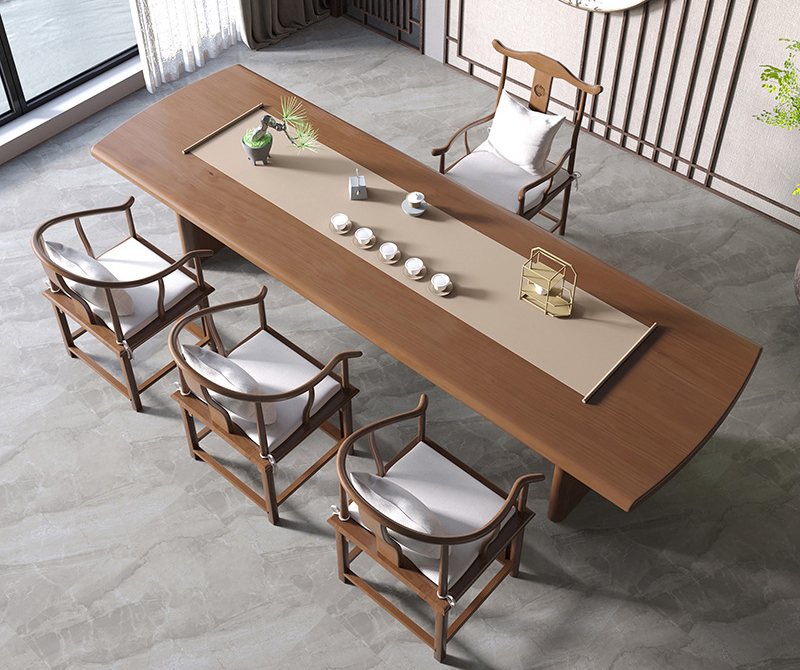
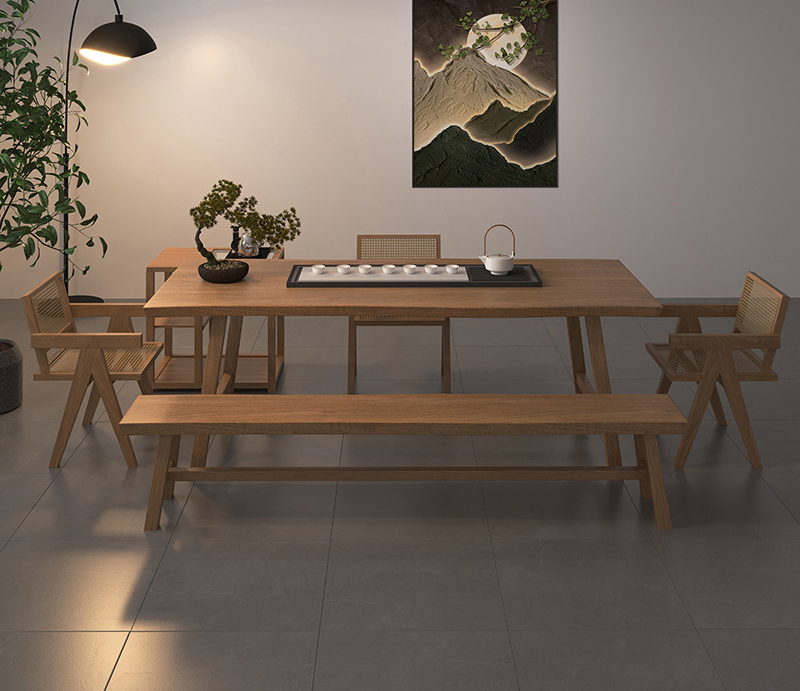

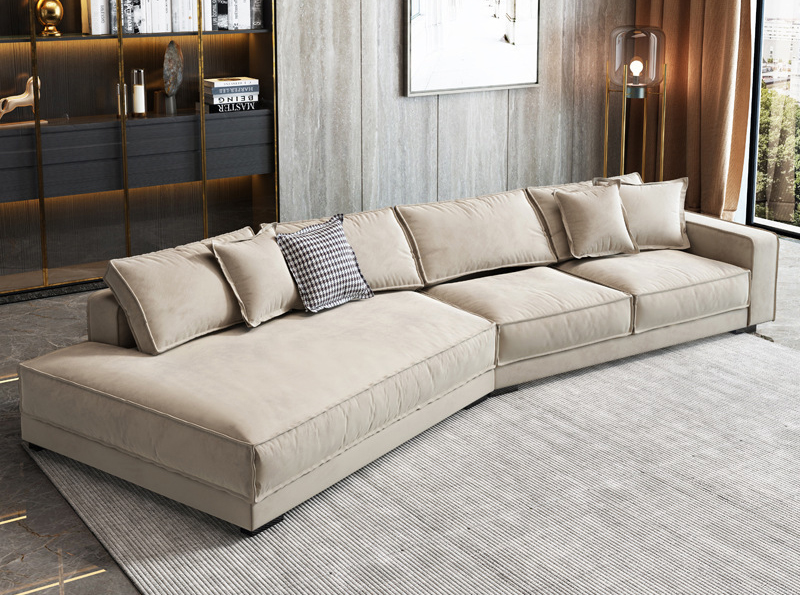
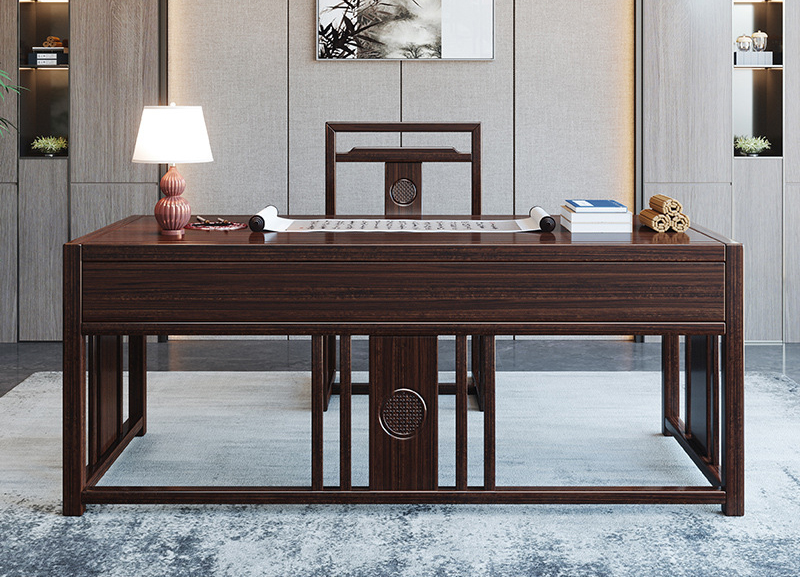
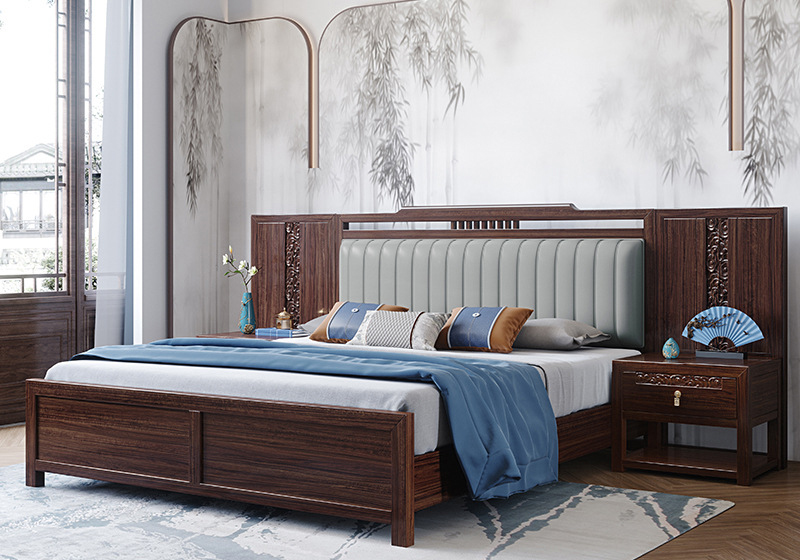
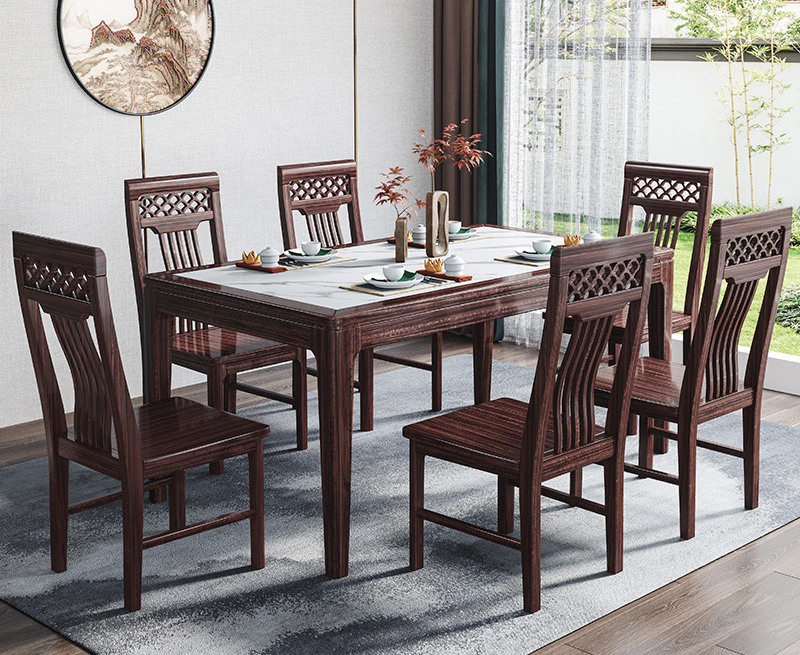
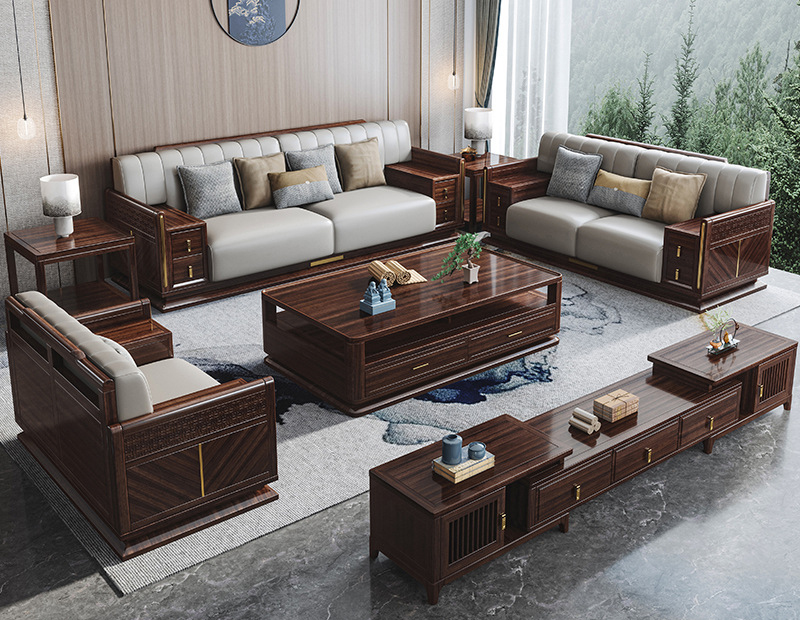
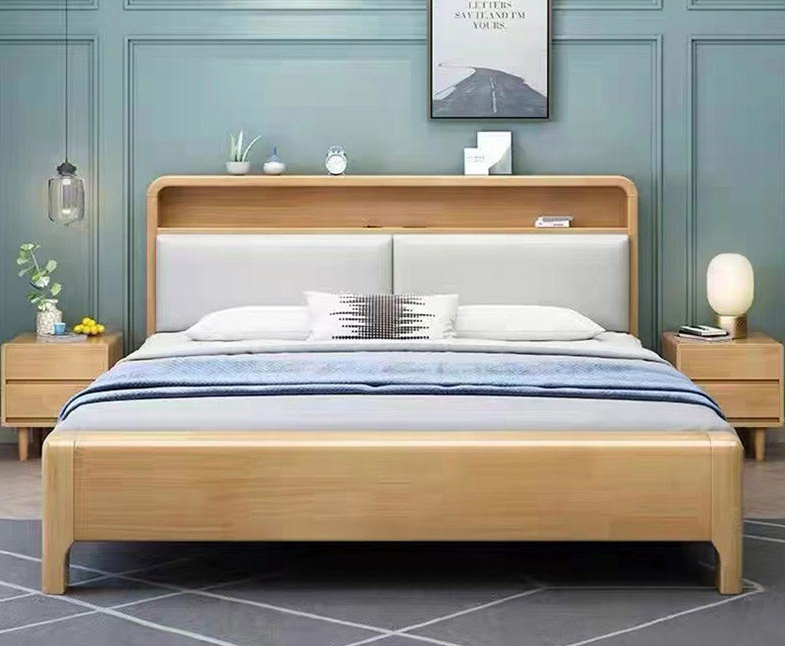

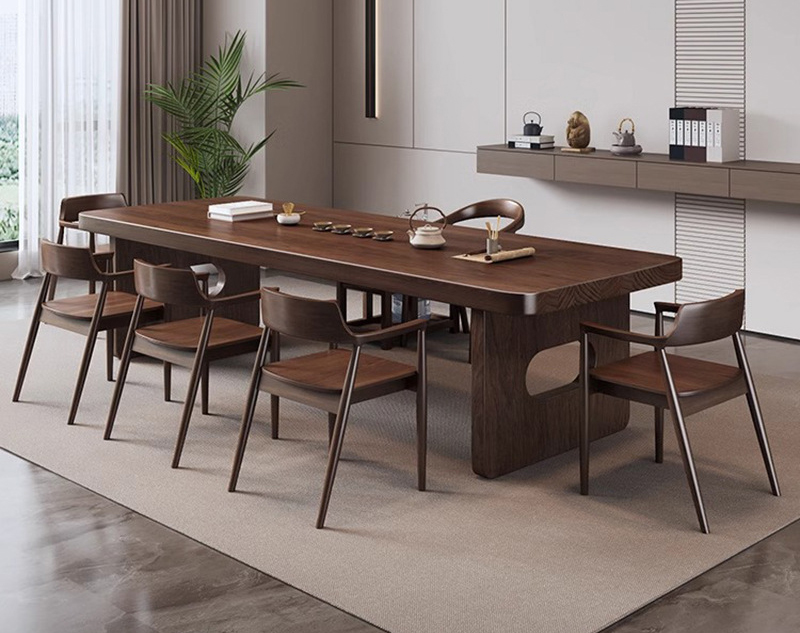
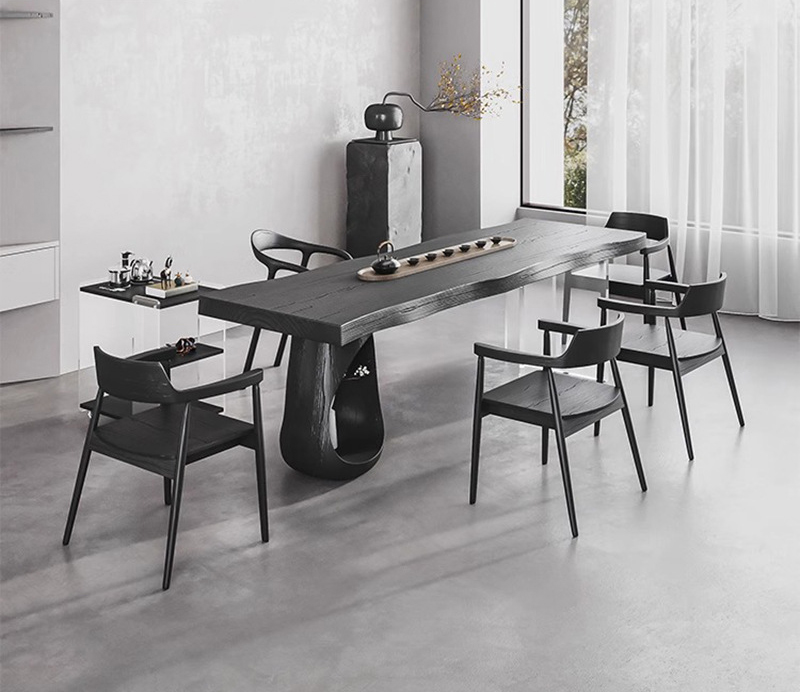

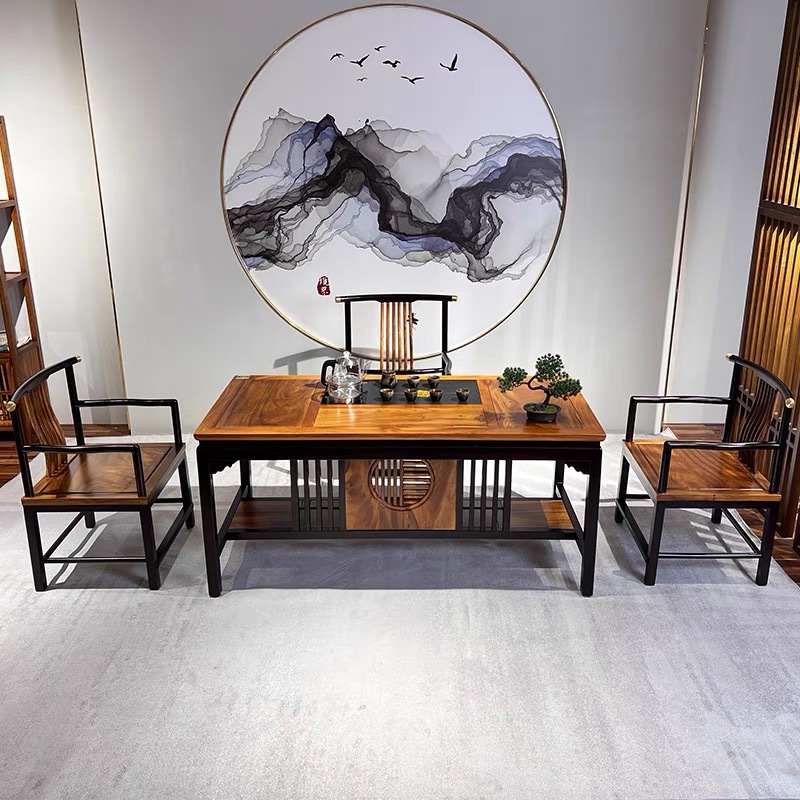


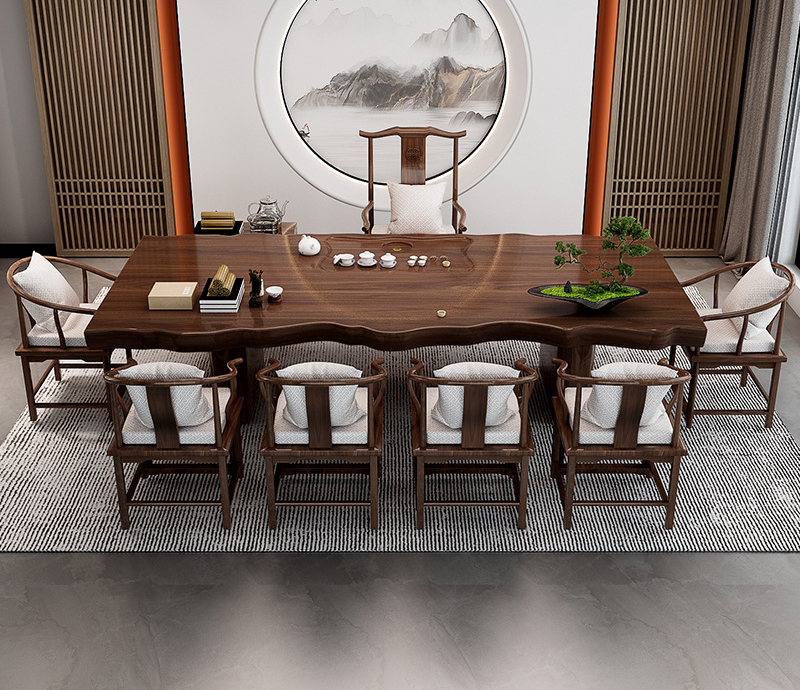
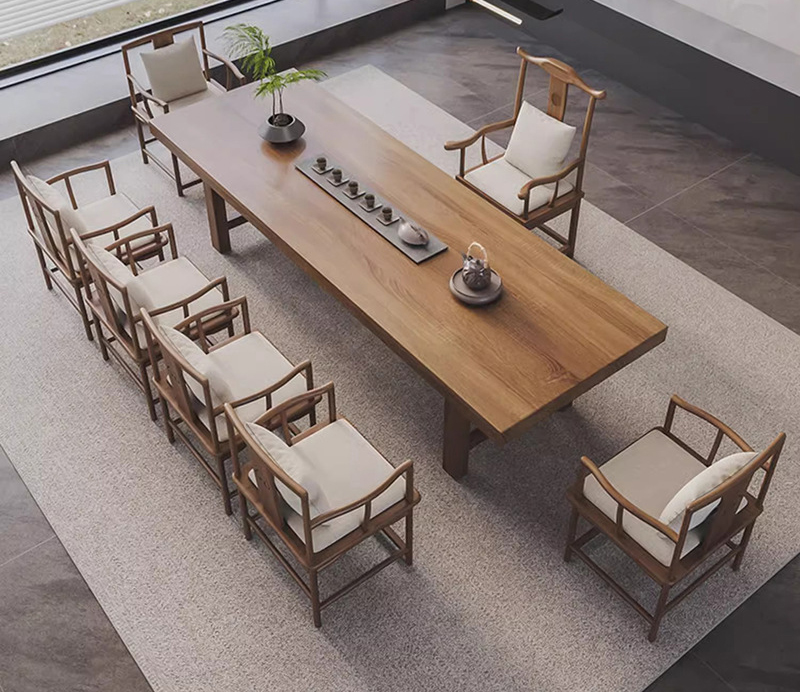
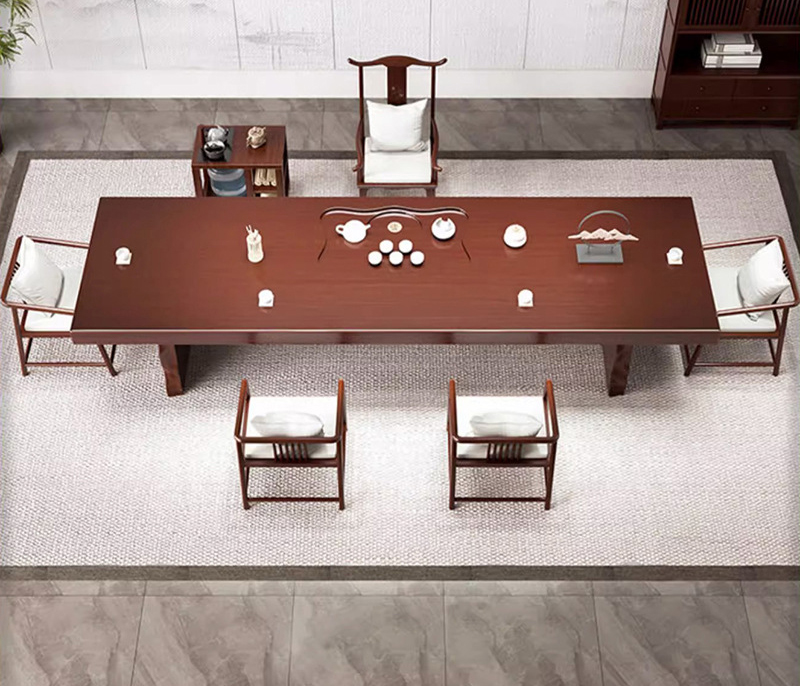


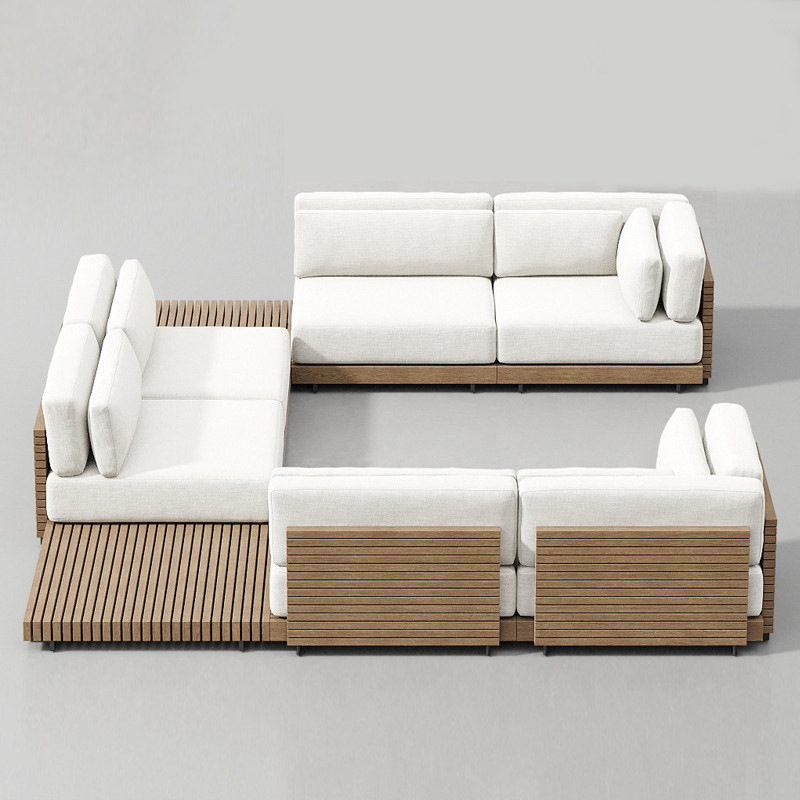
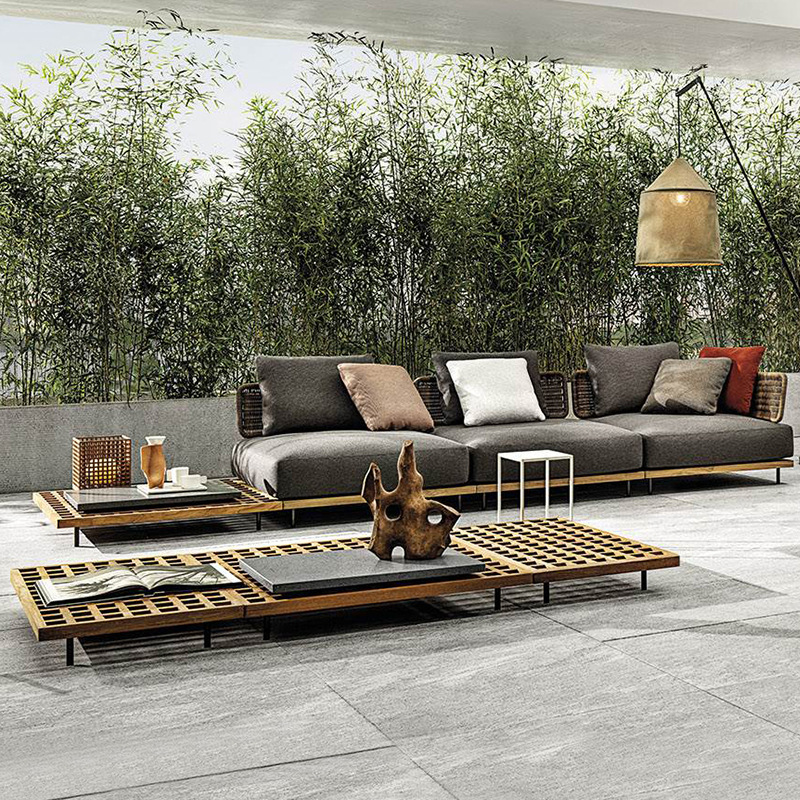


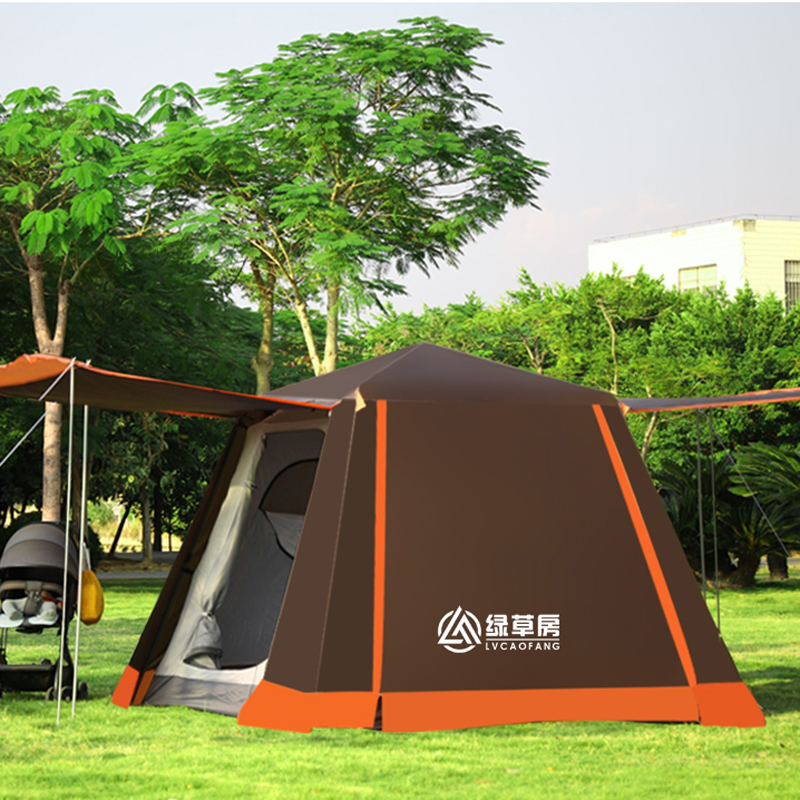

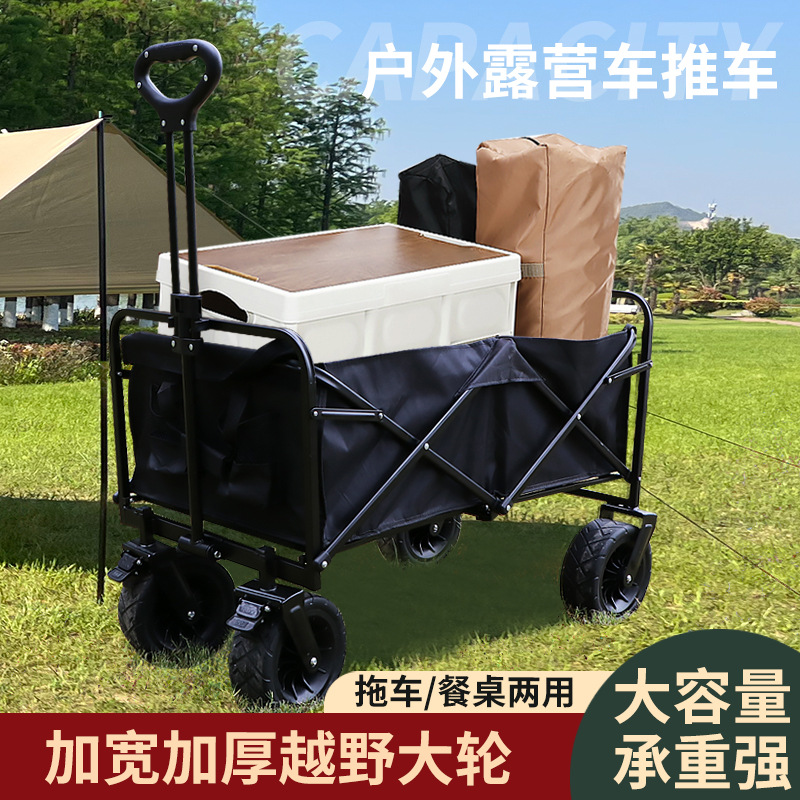


![[Fashion choice, new office fashion] -- network celebrity boss table [Fashion choice, new office fashion] -- network celebrity boss table](/upload/news/2024-01/65b30849d1bf3.jpg)
